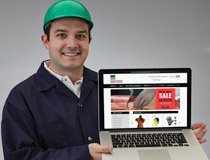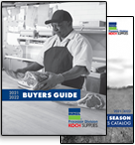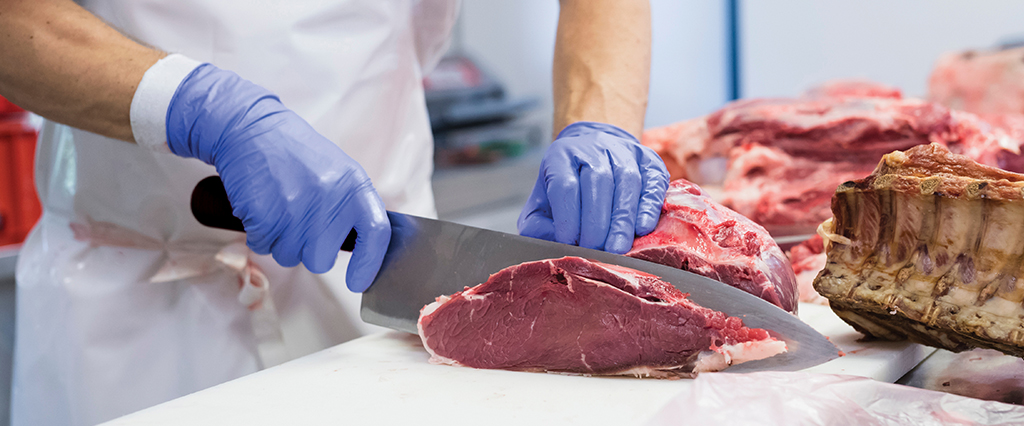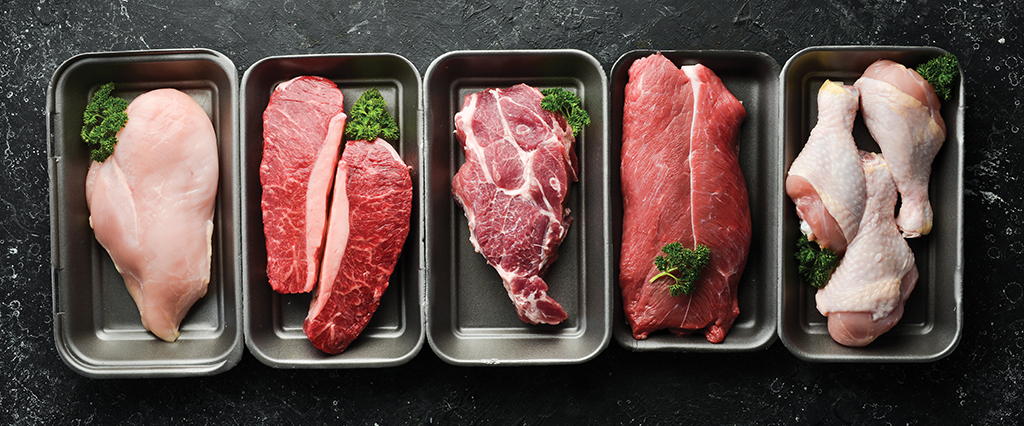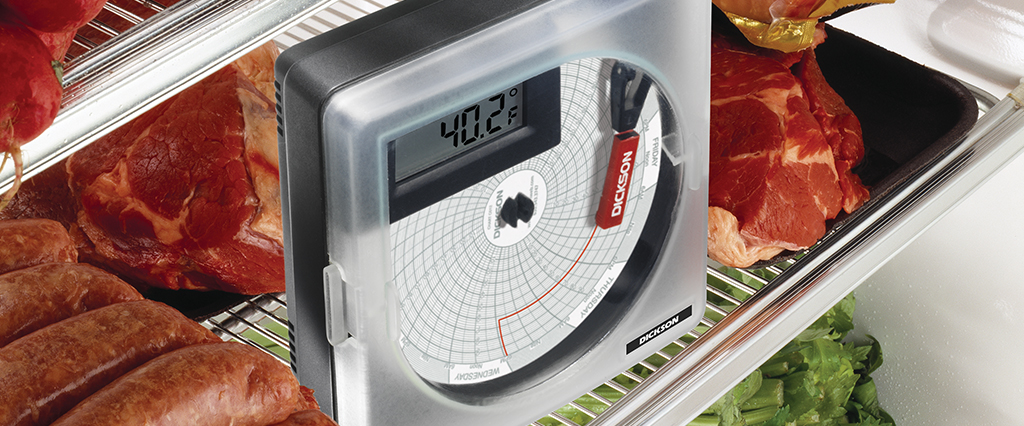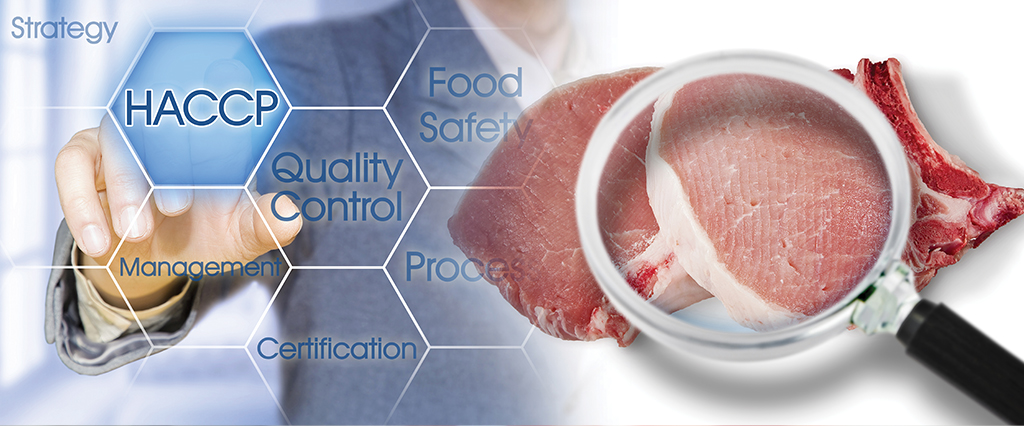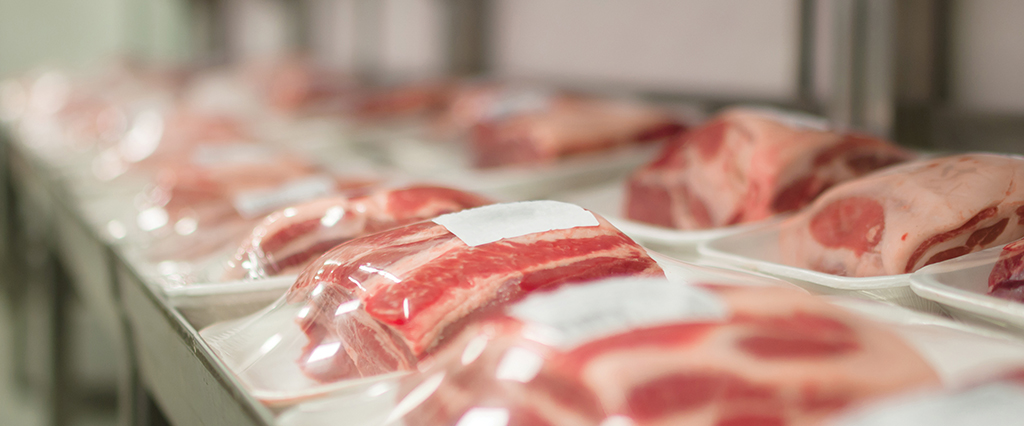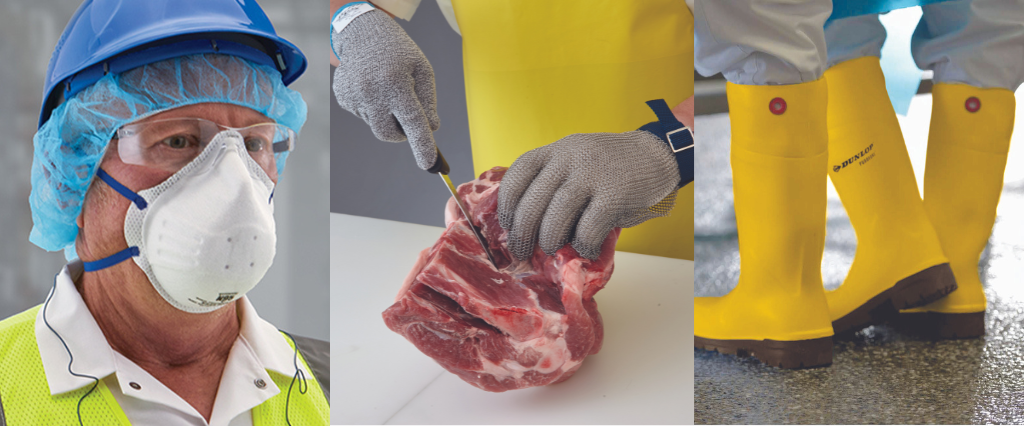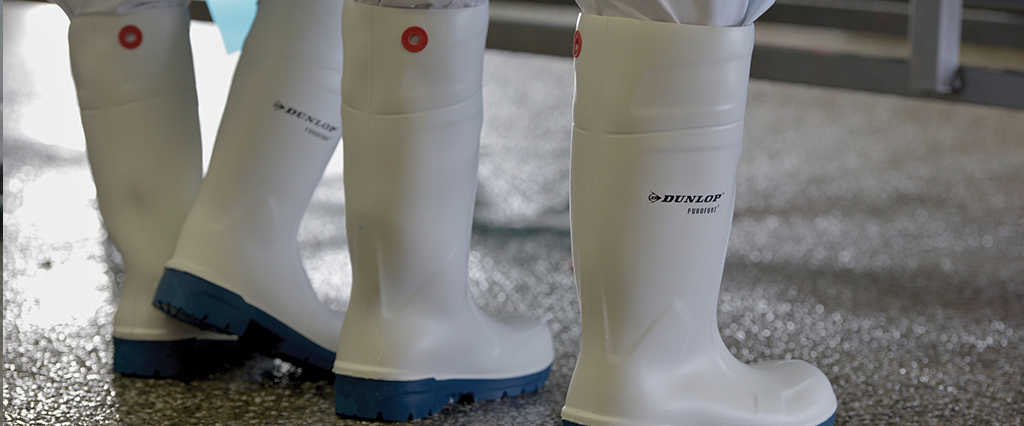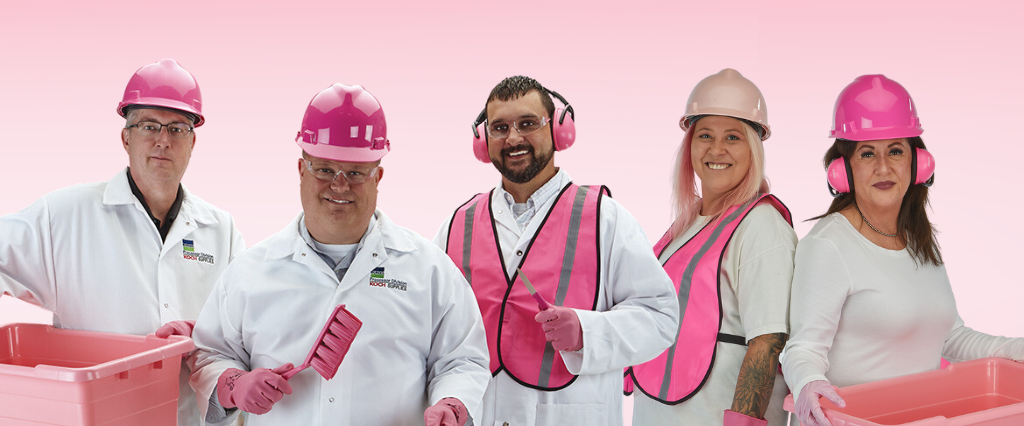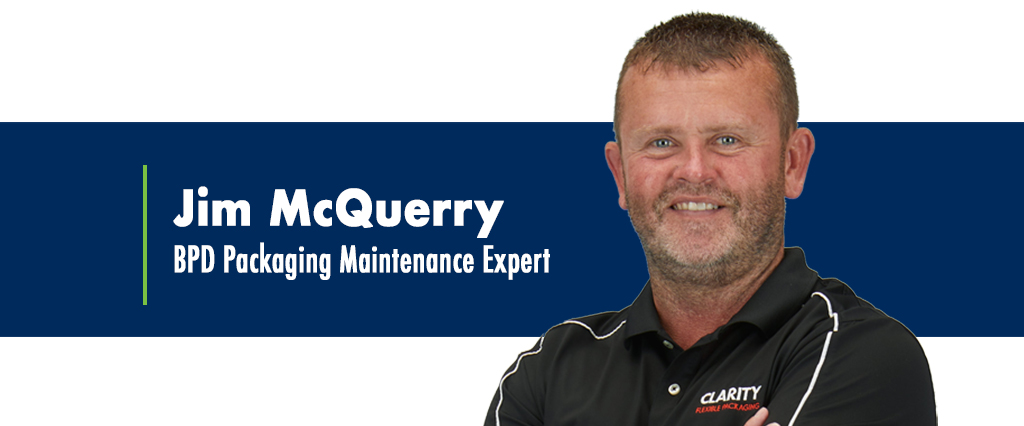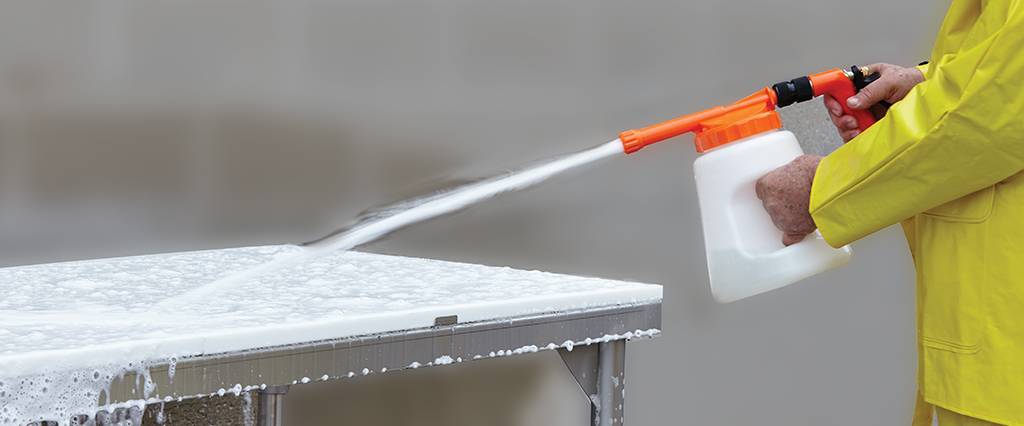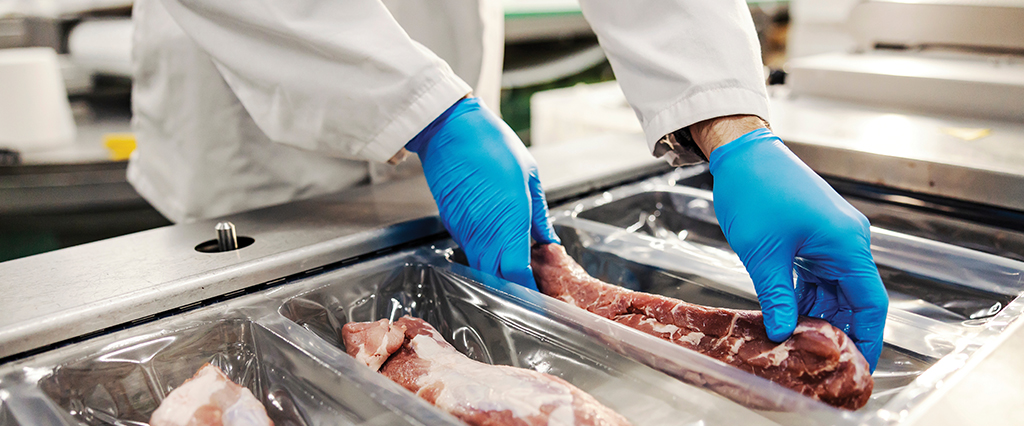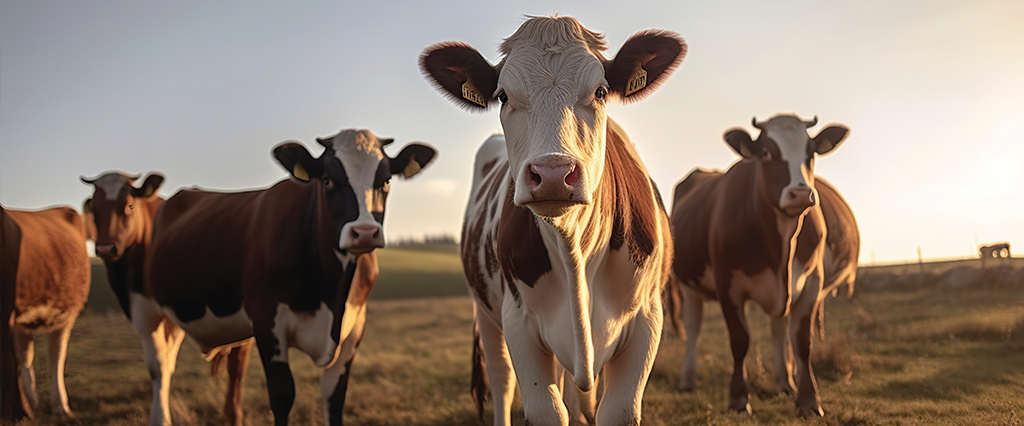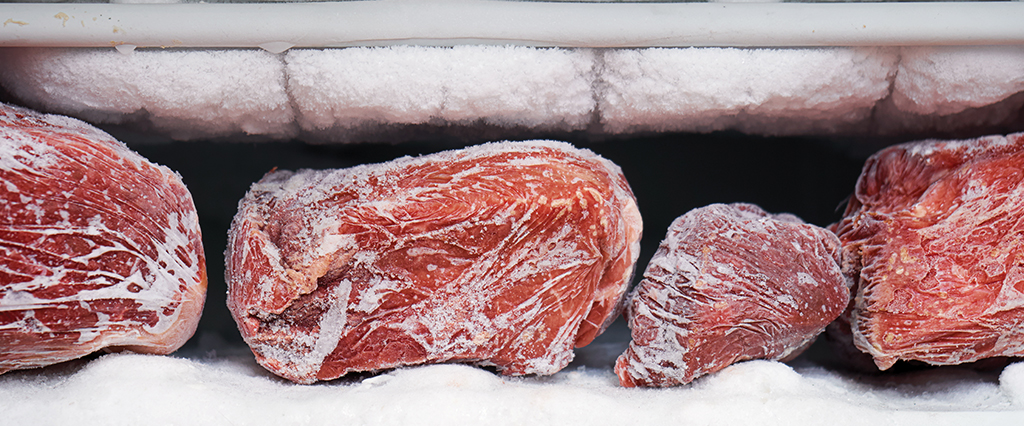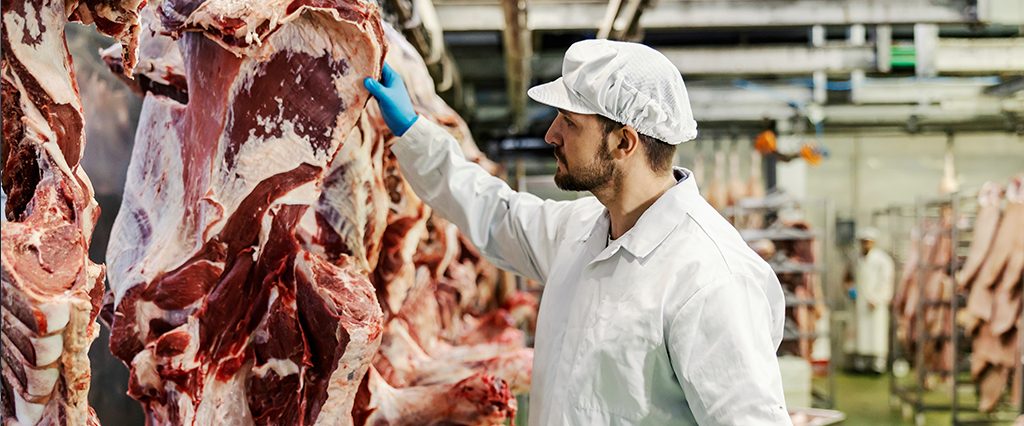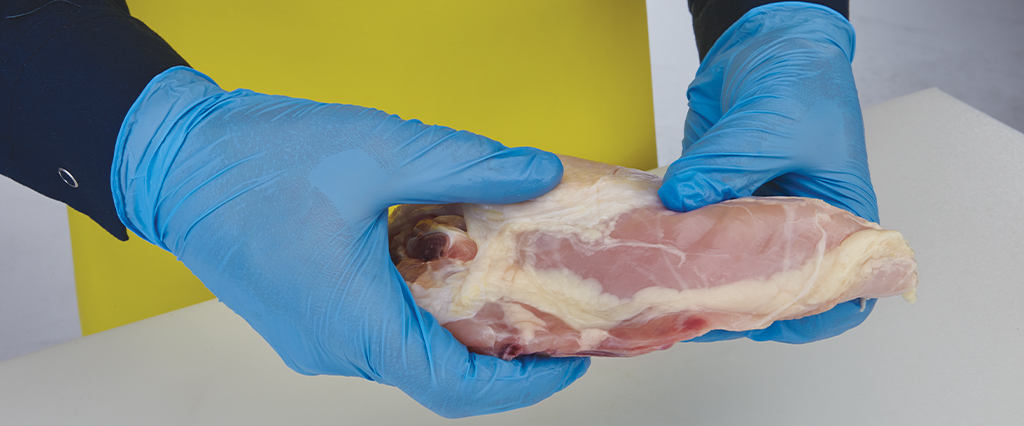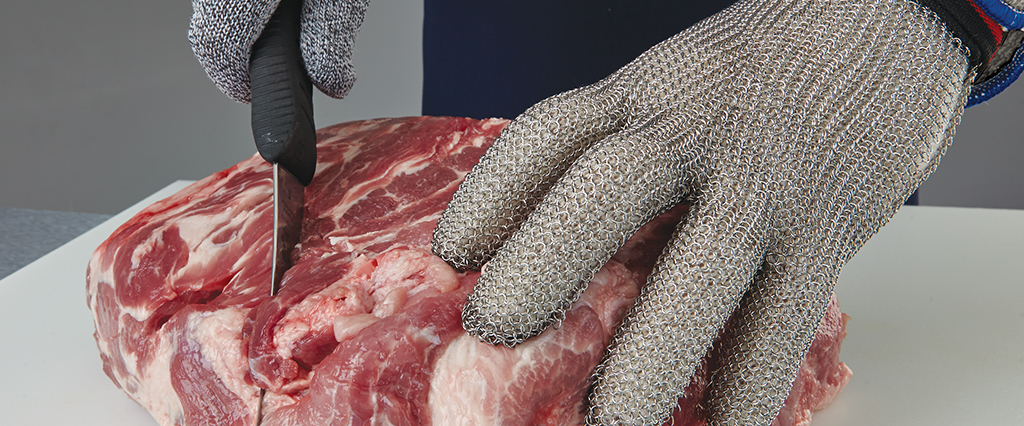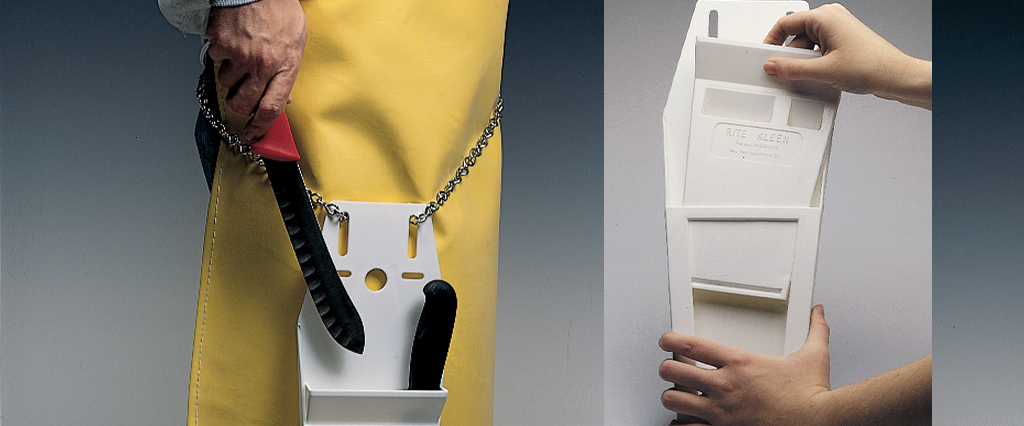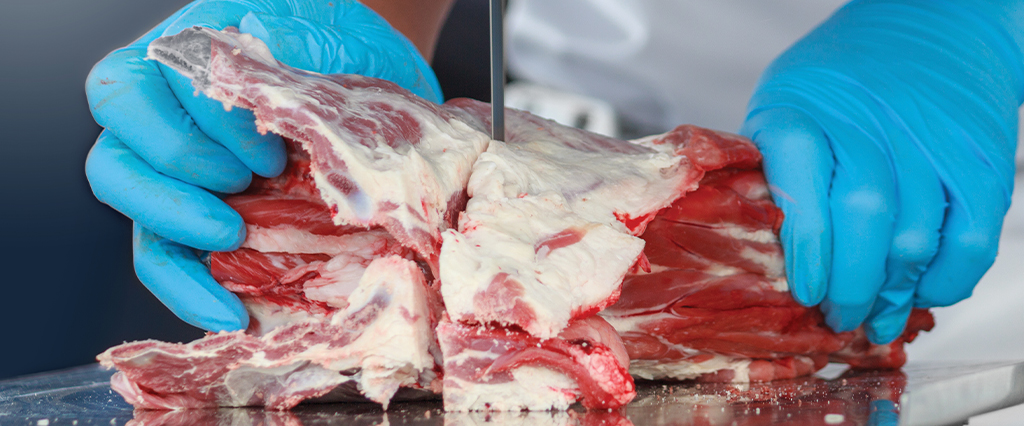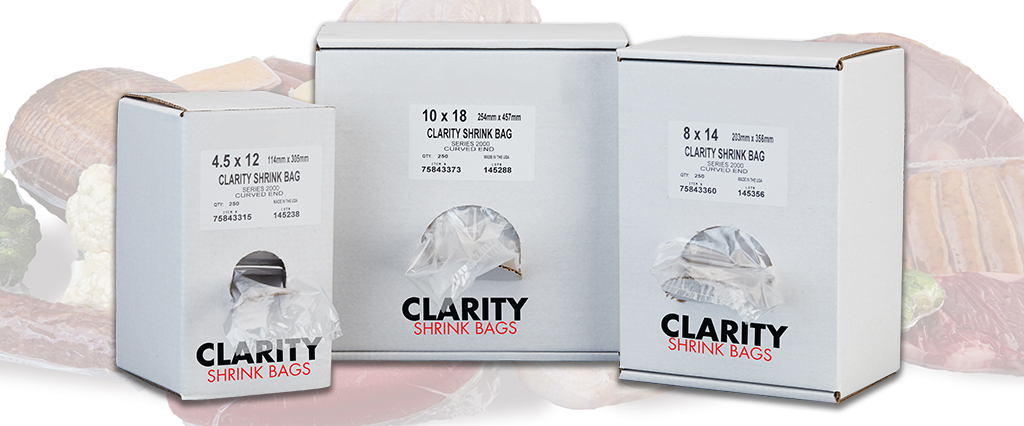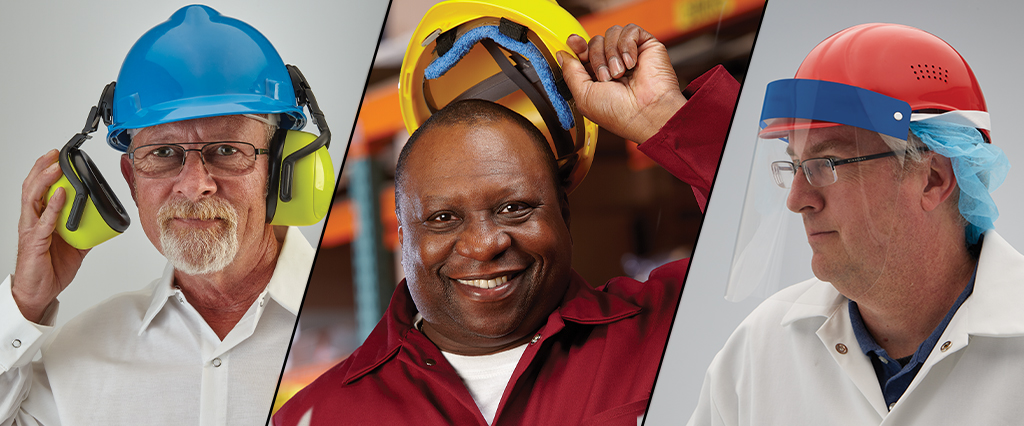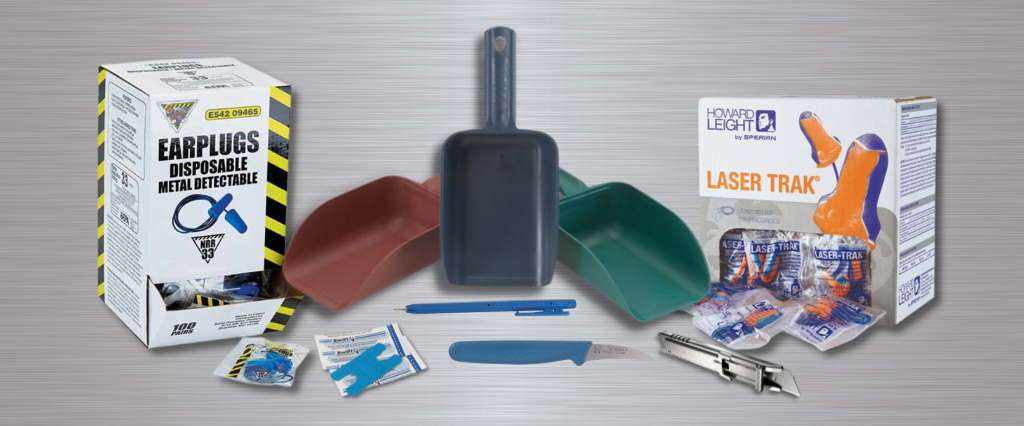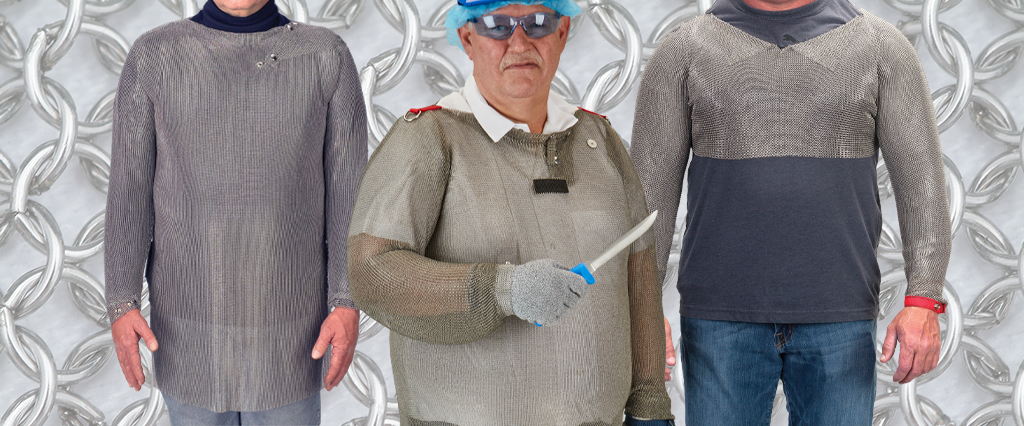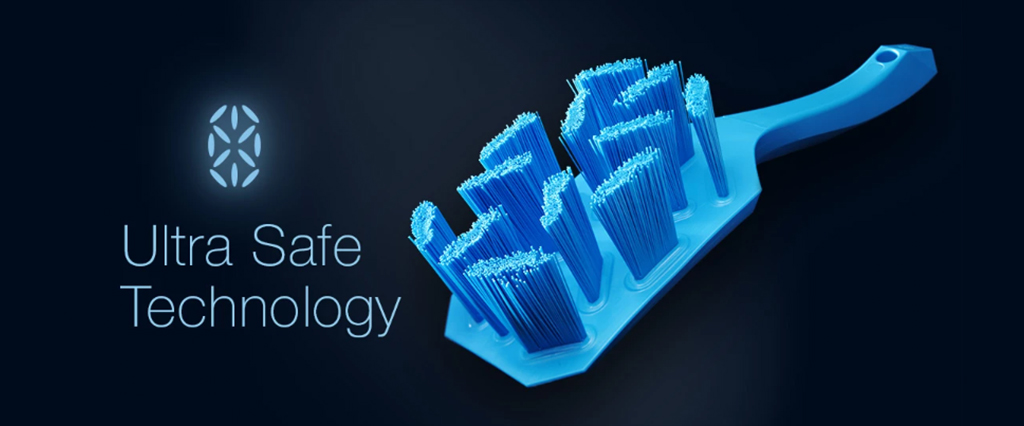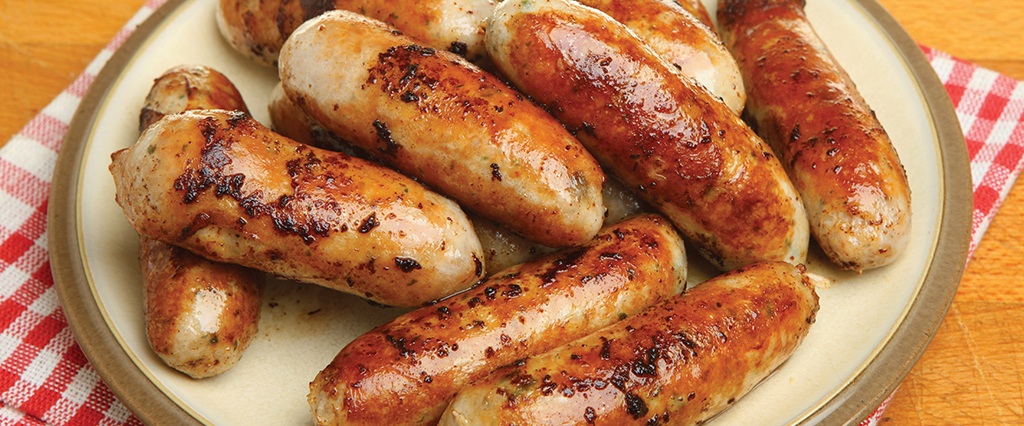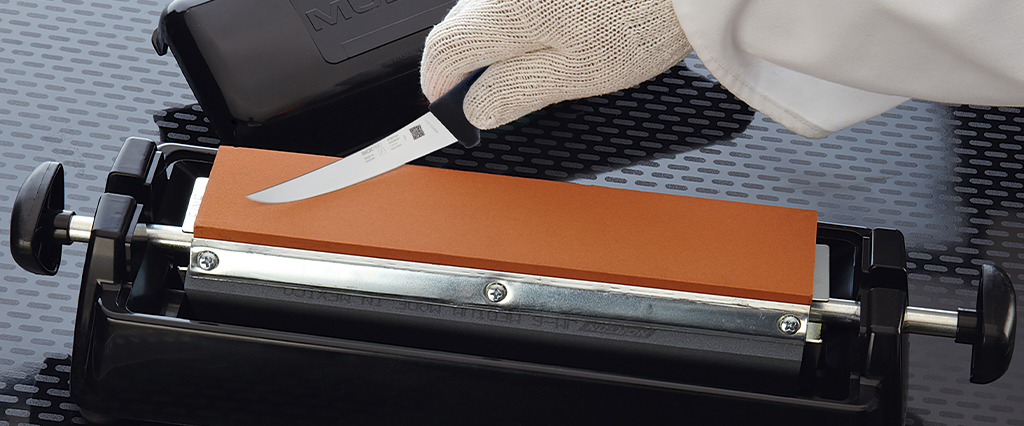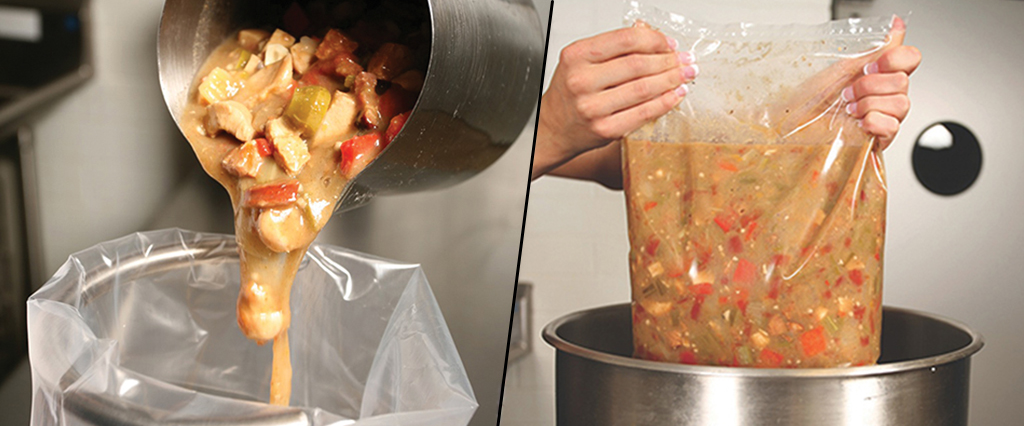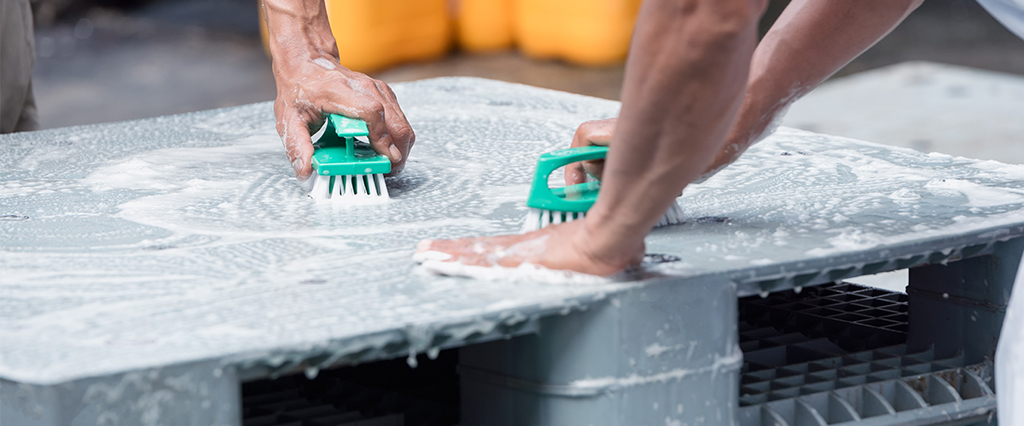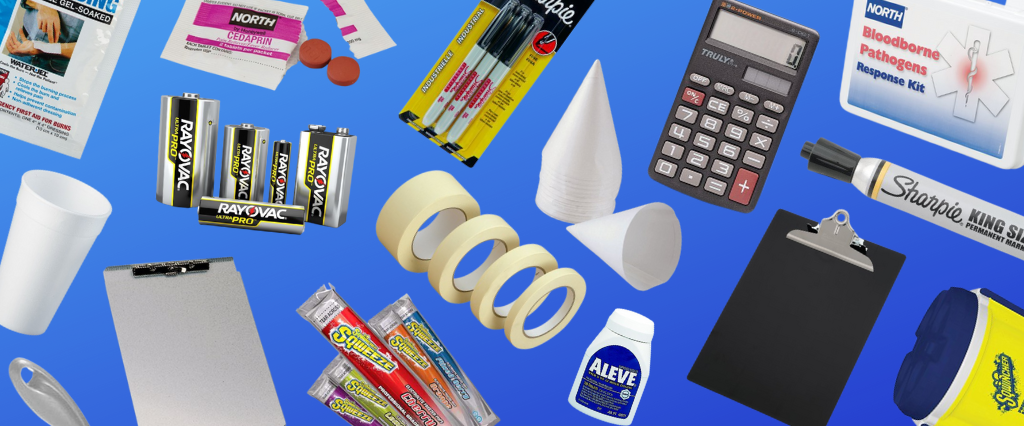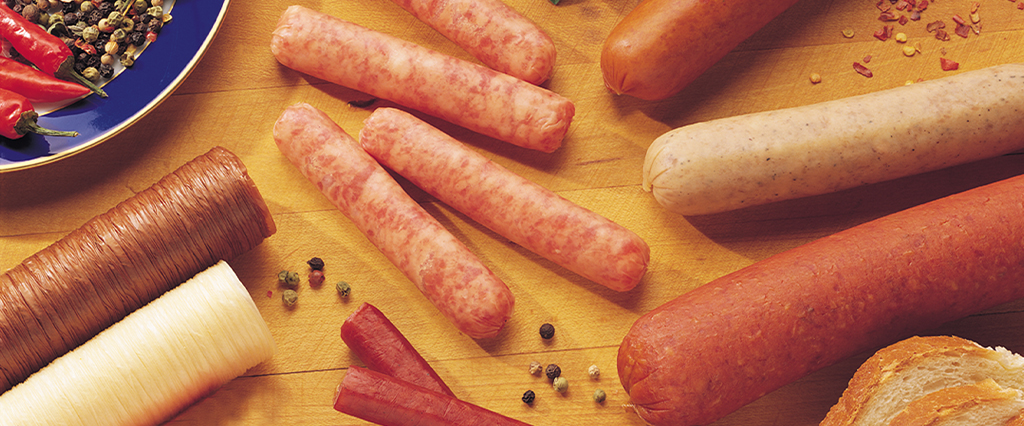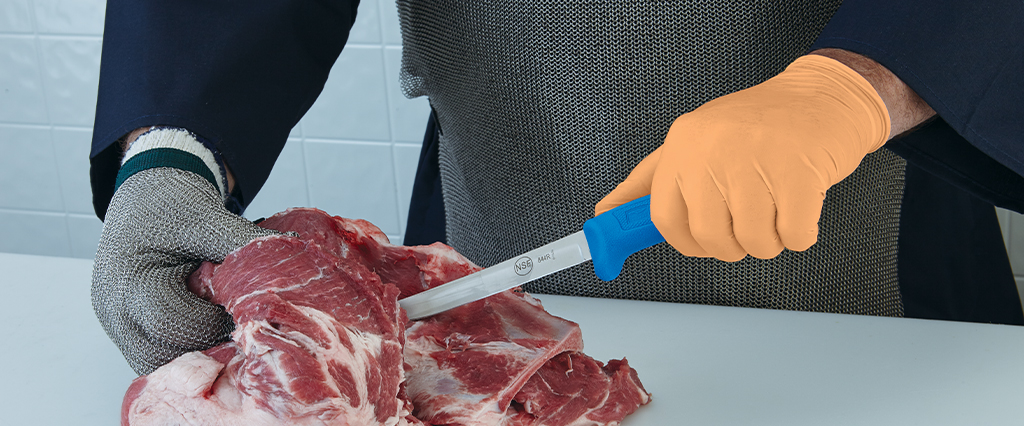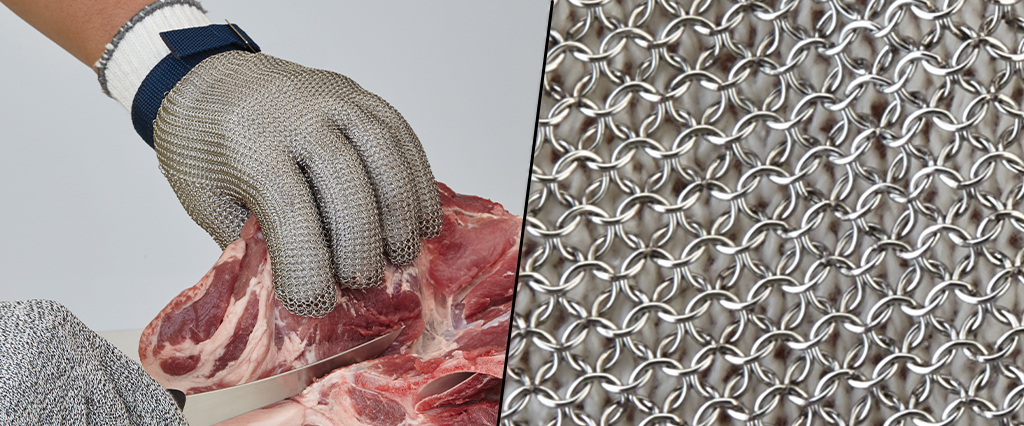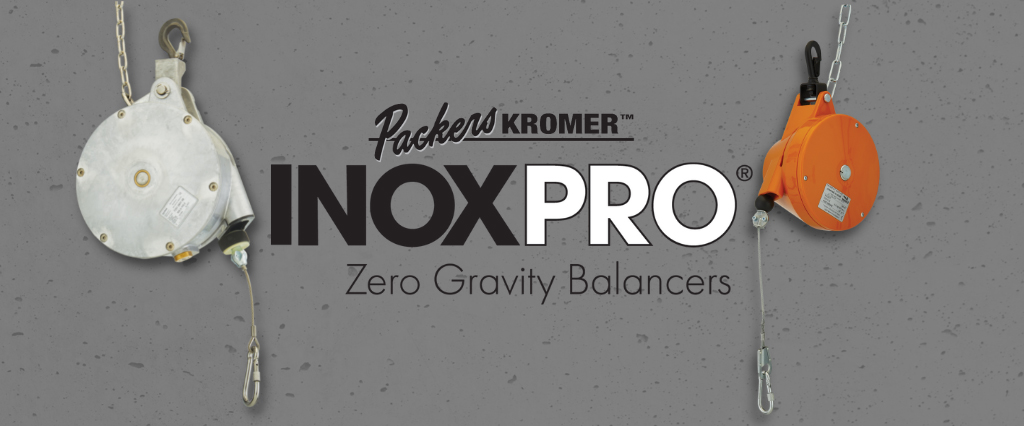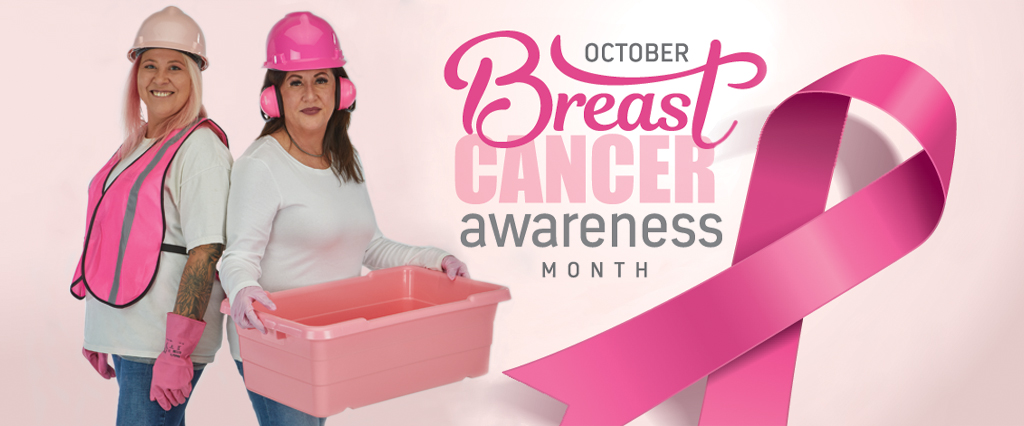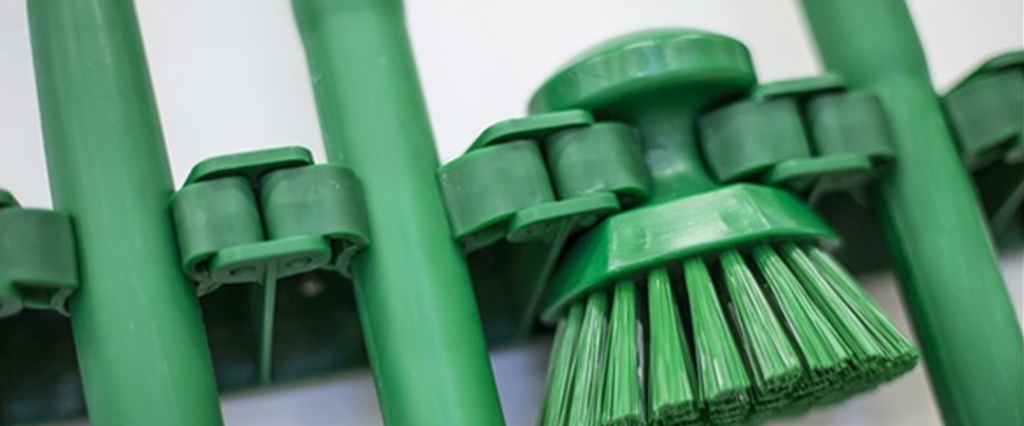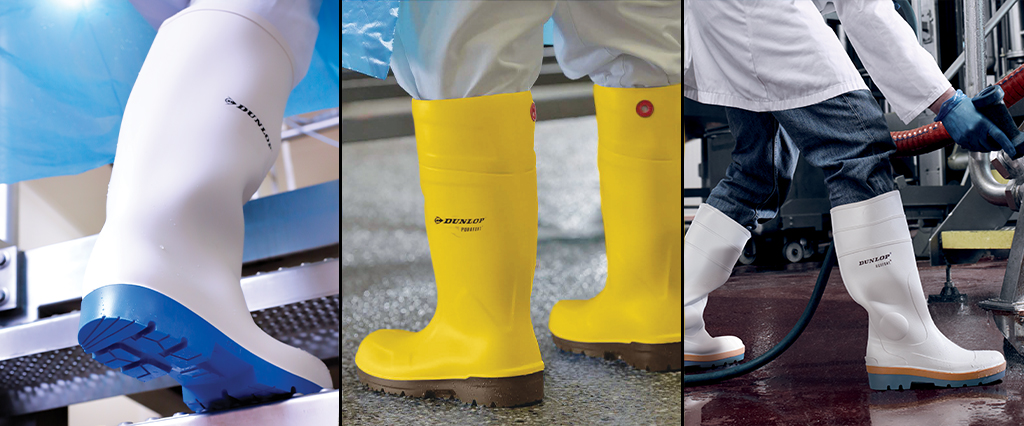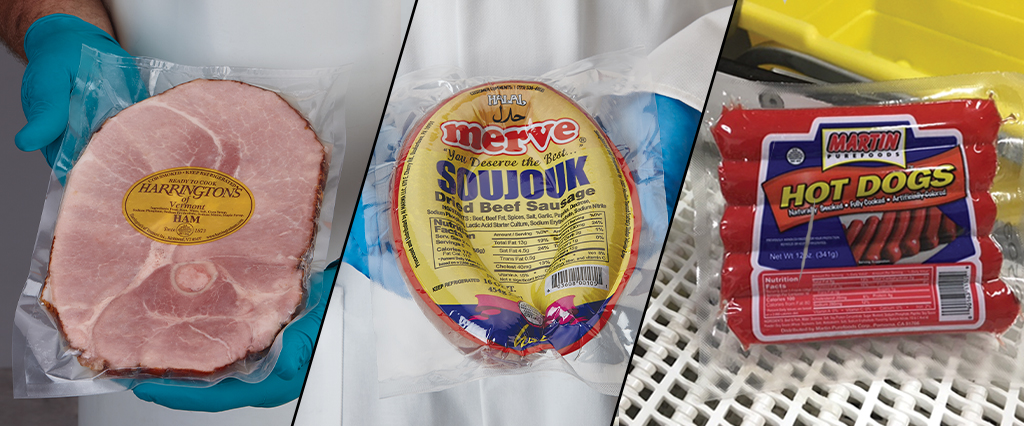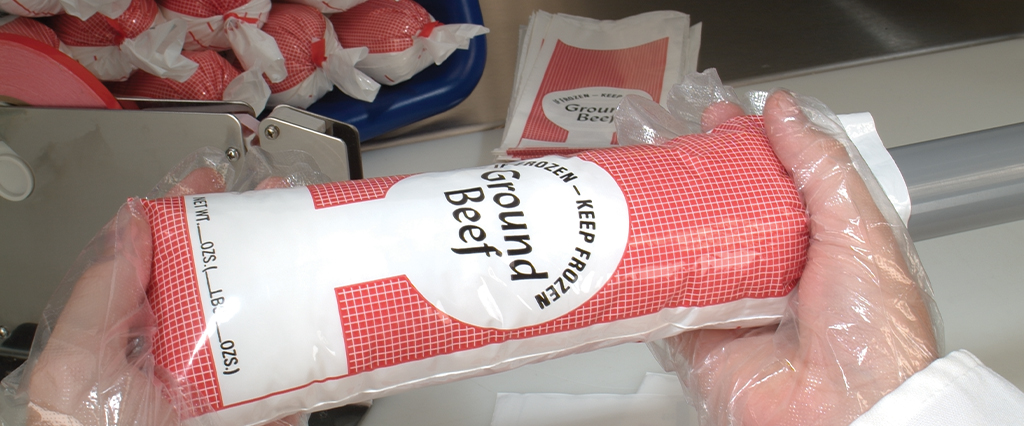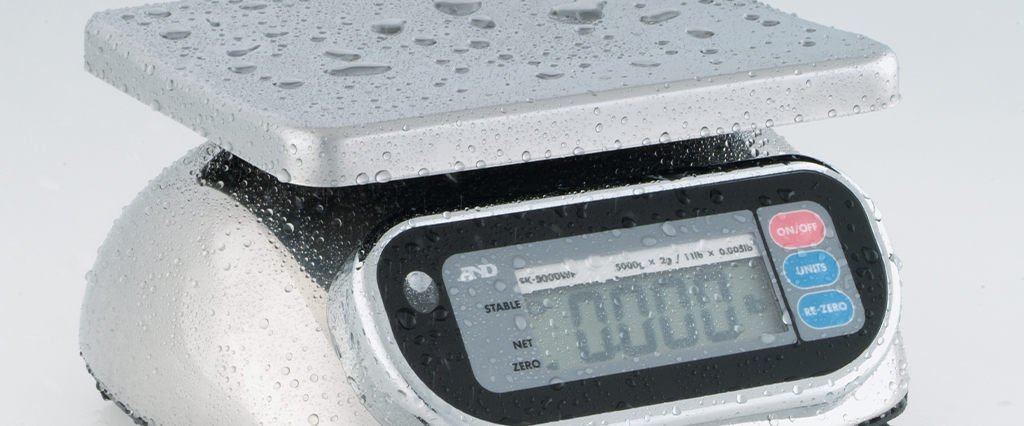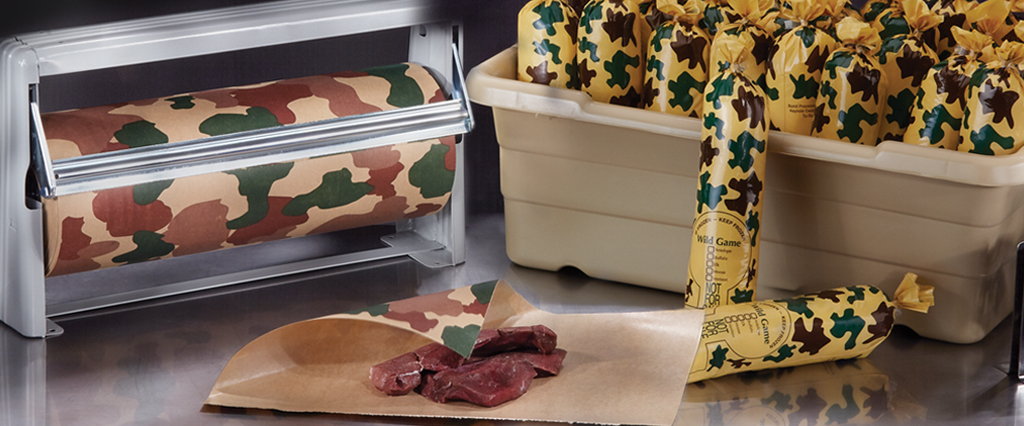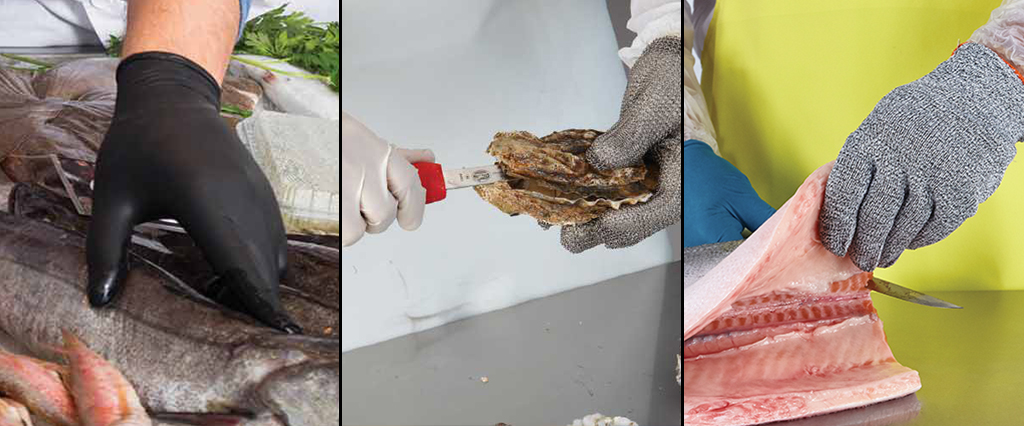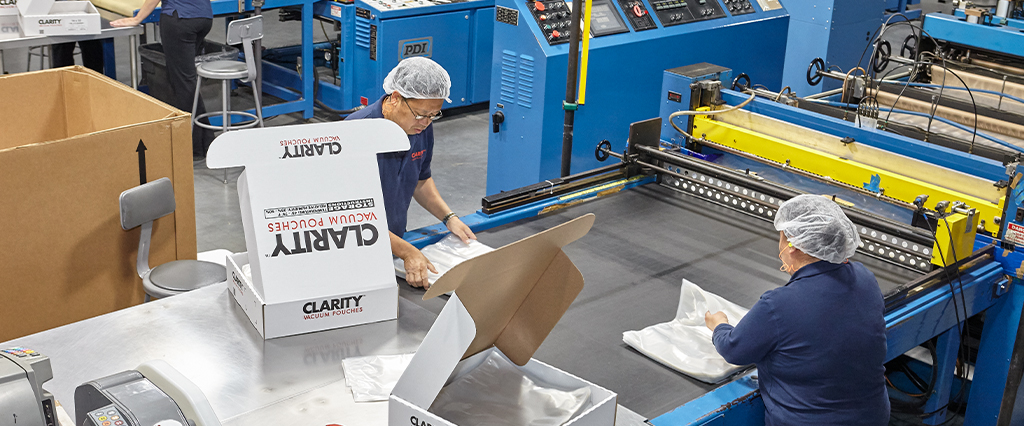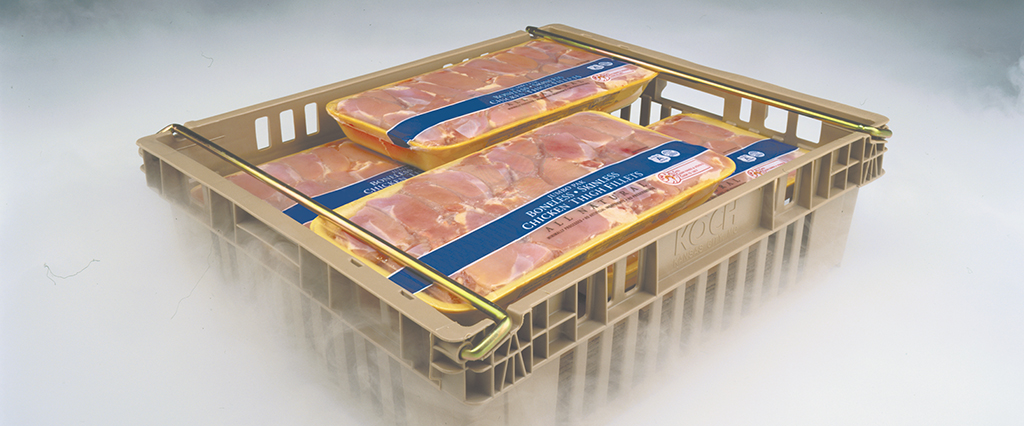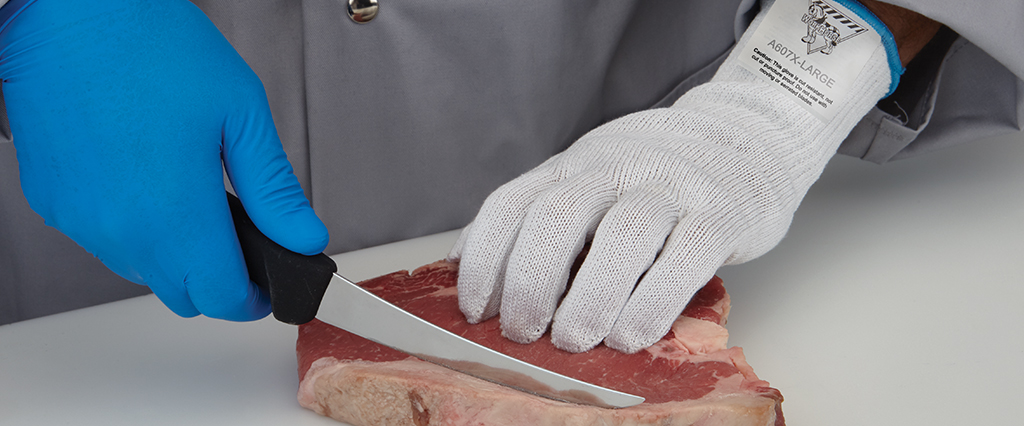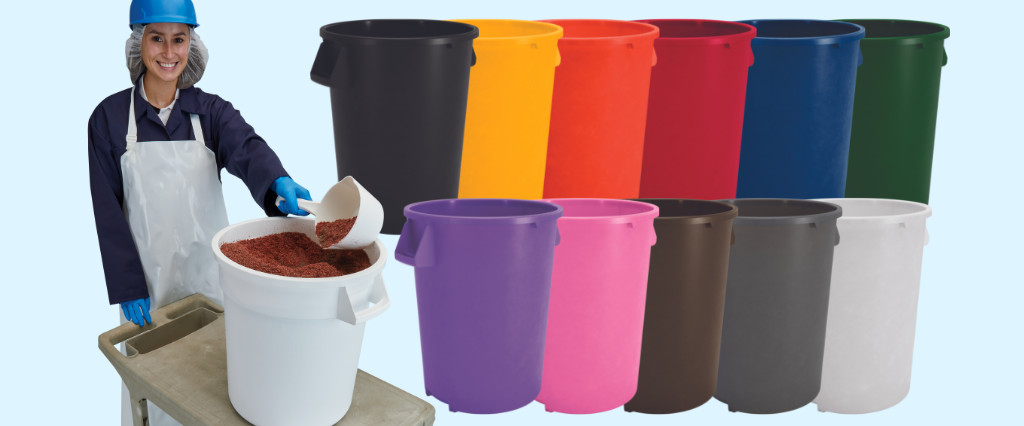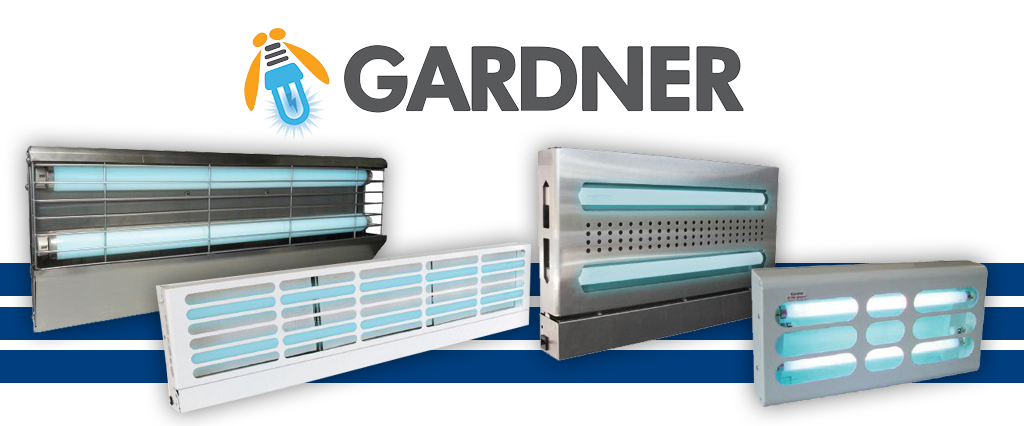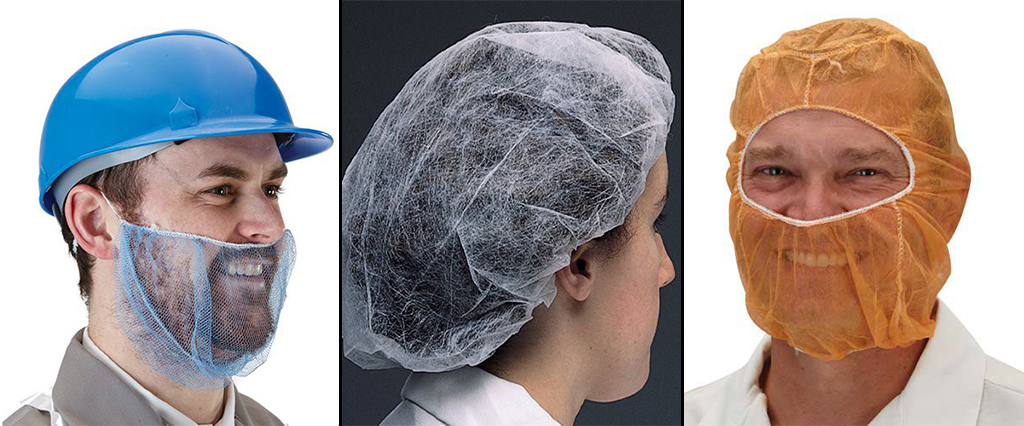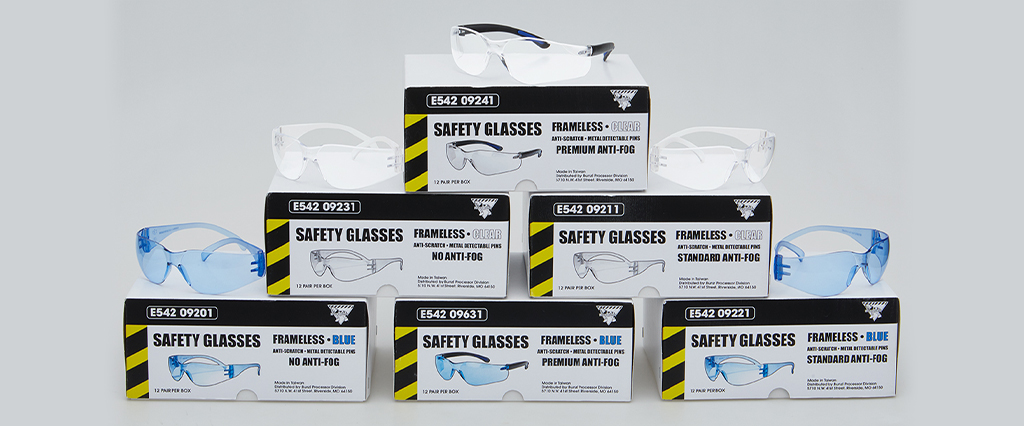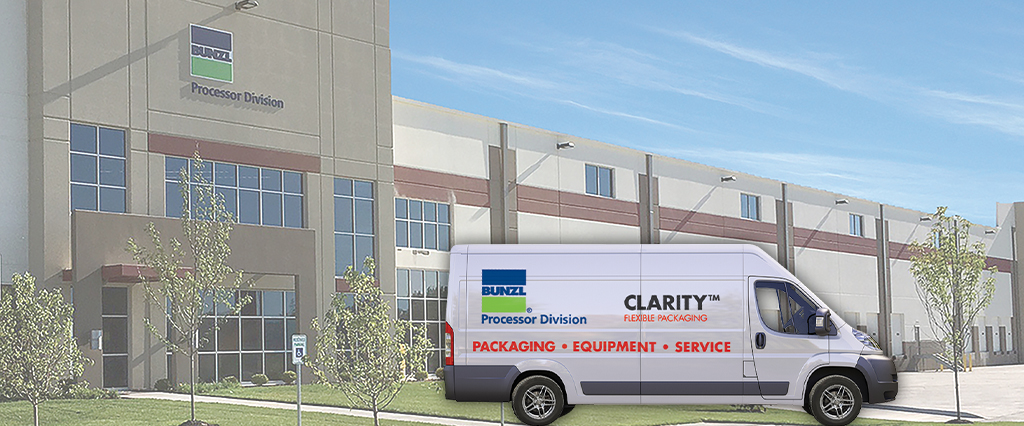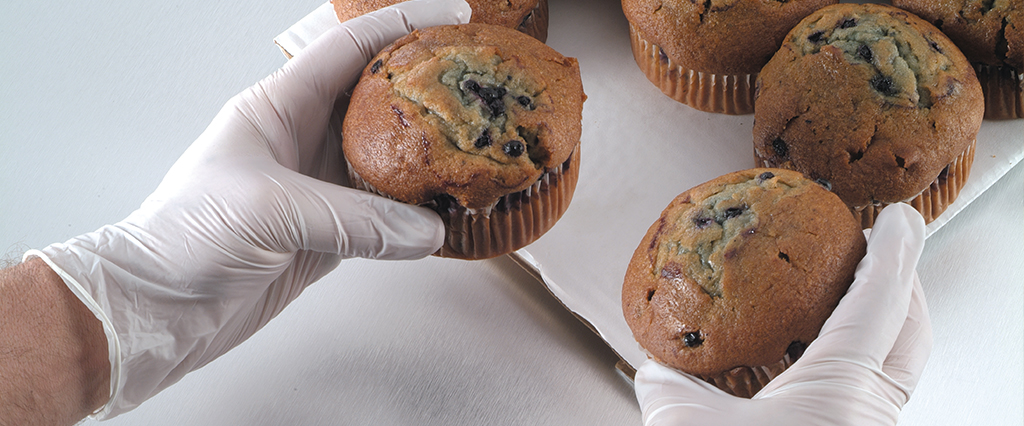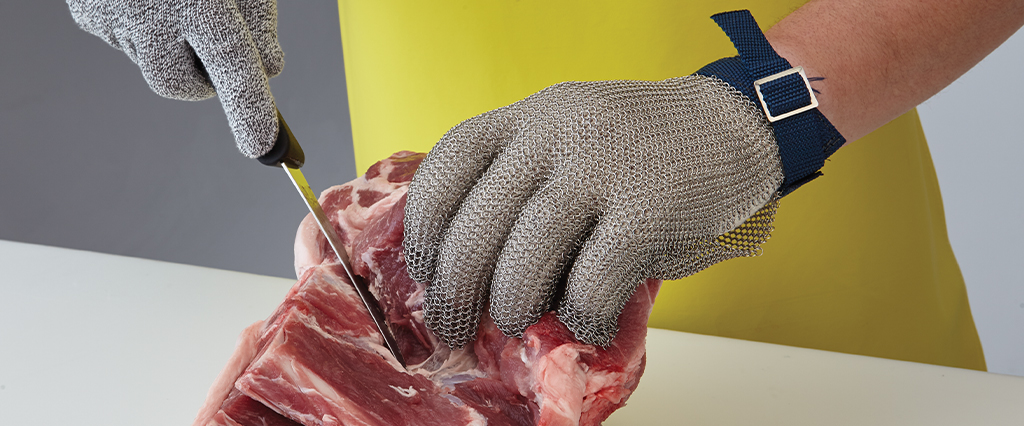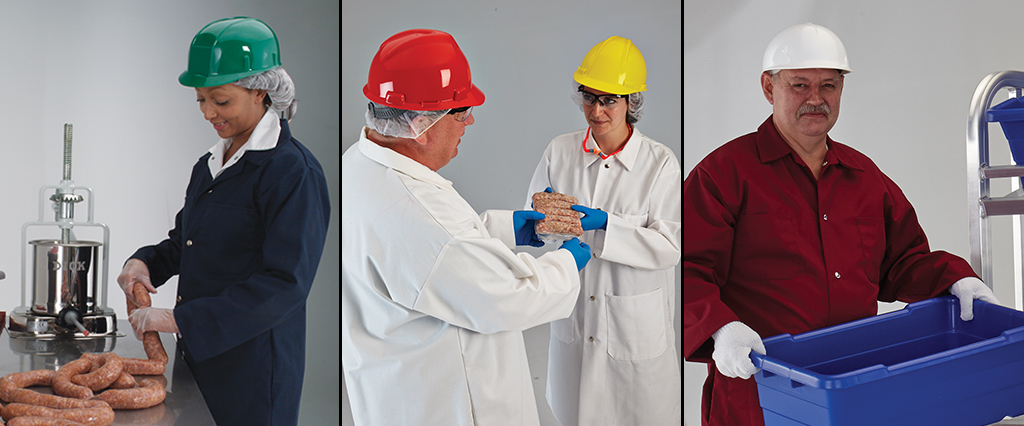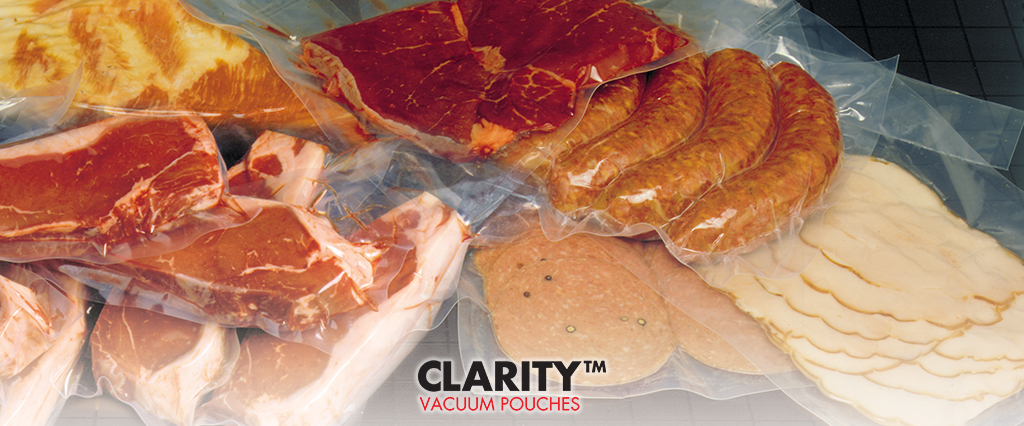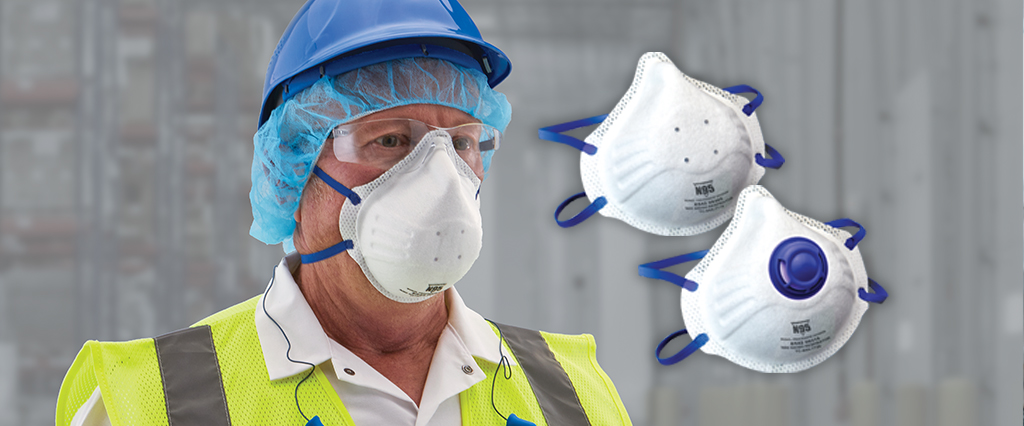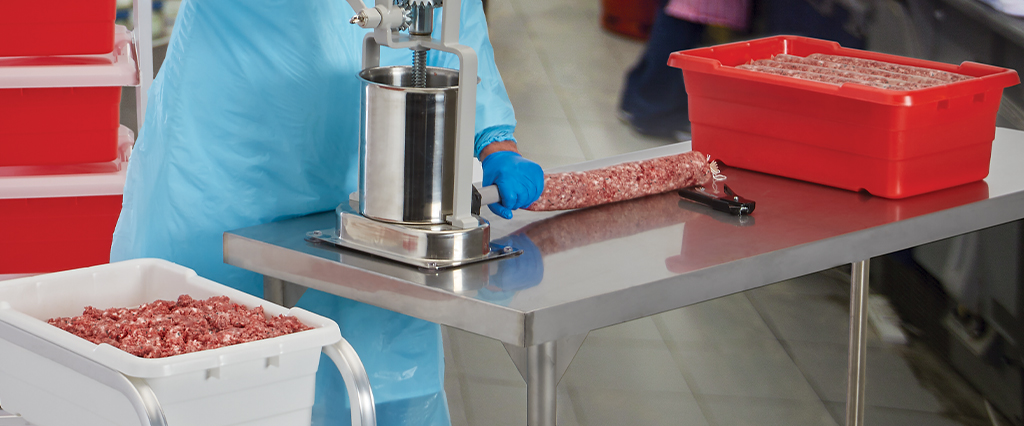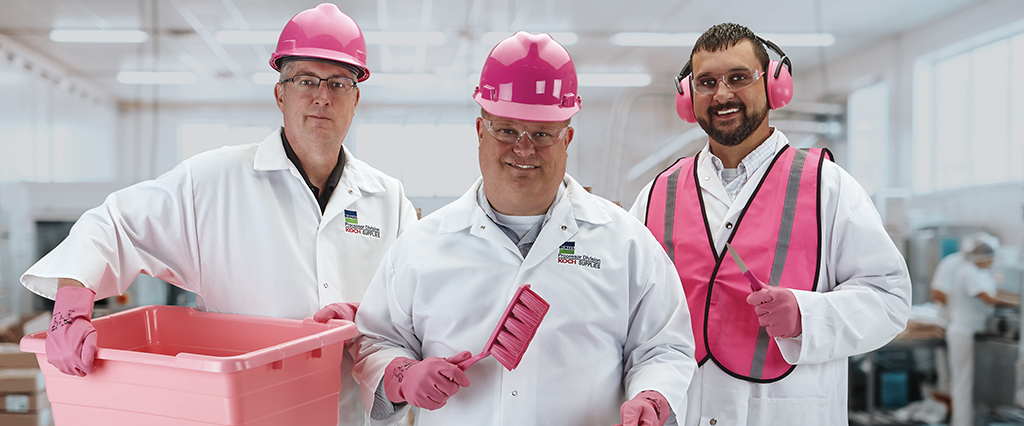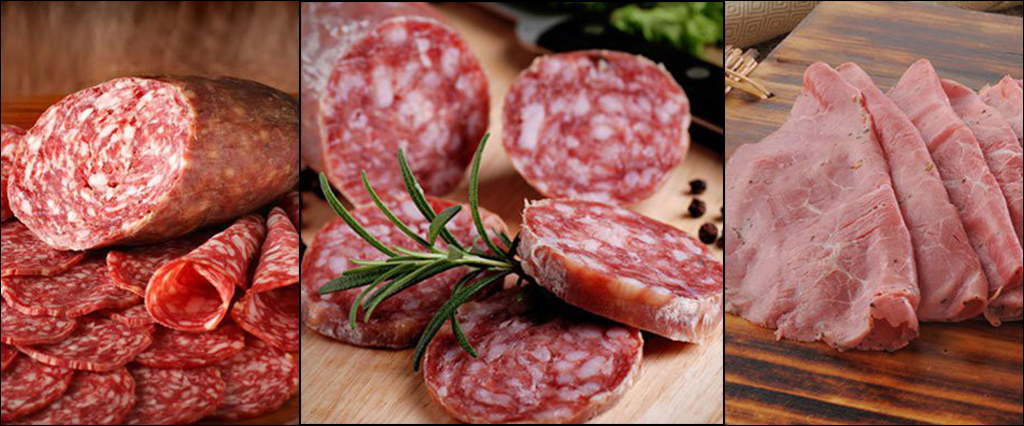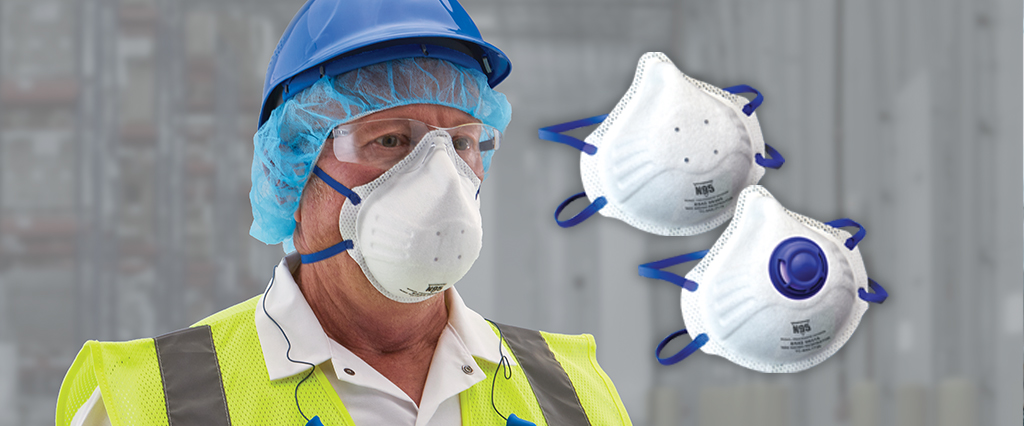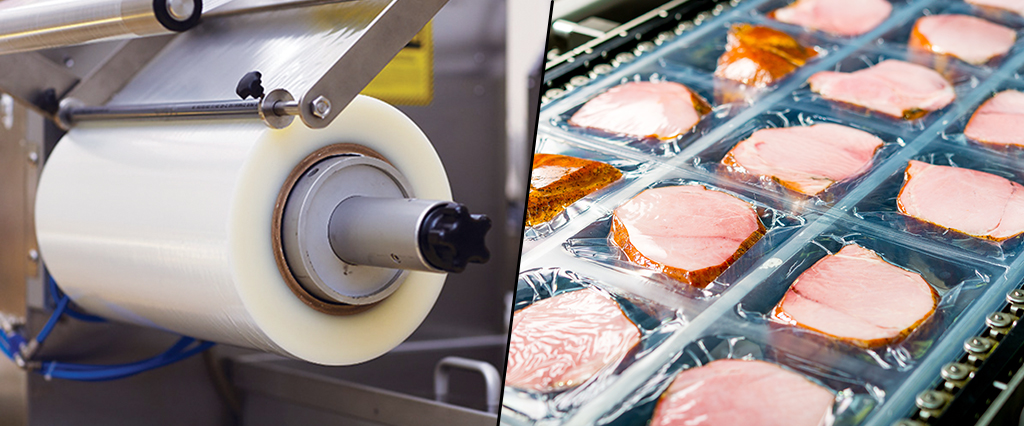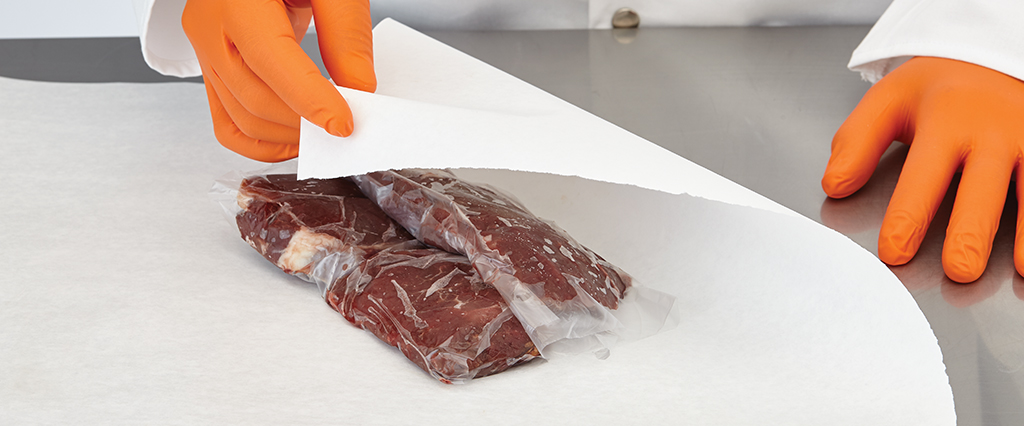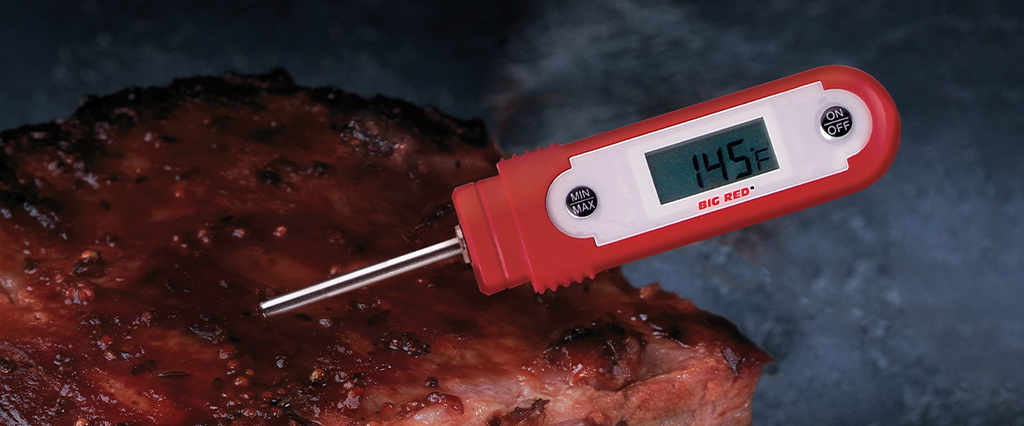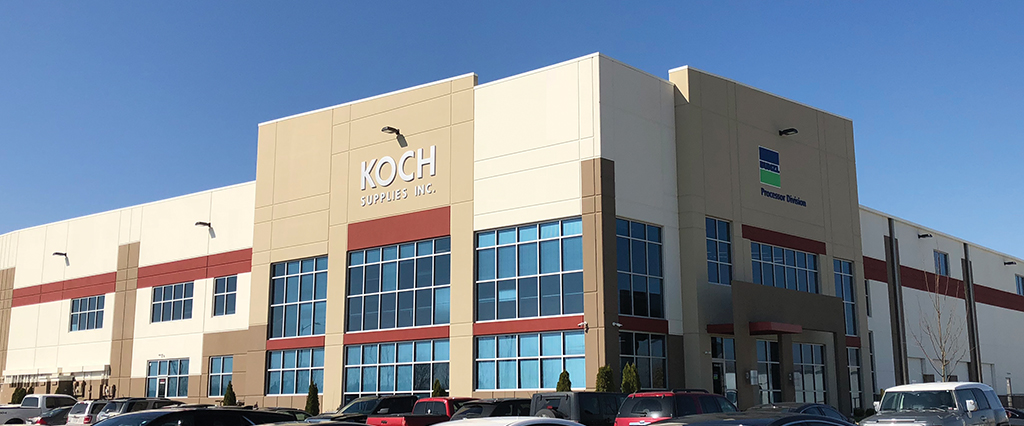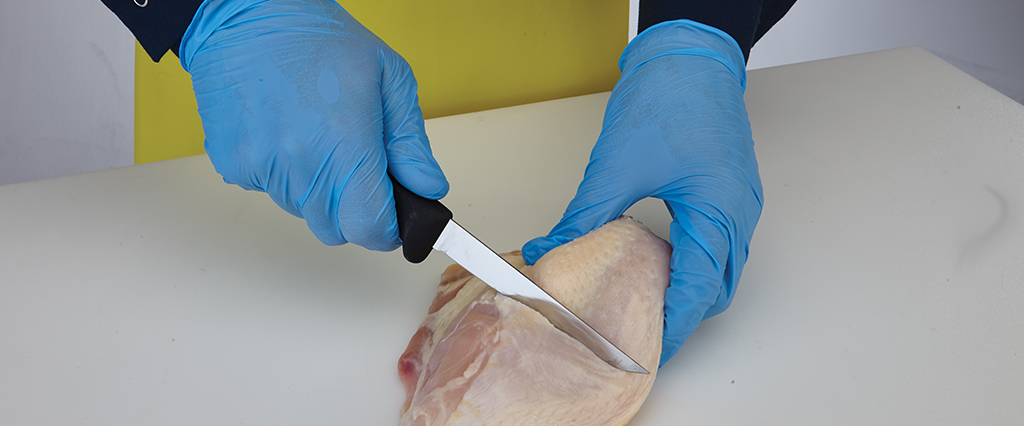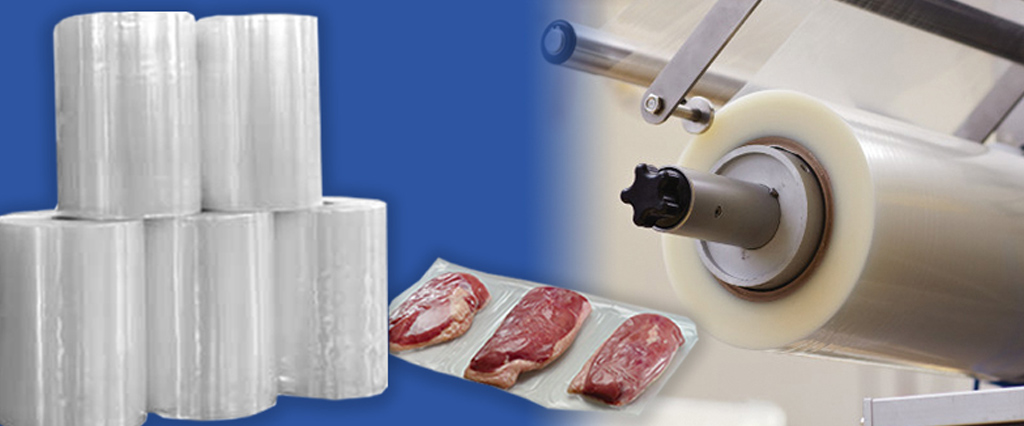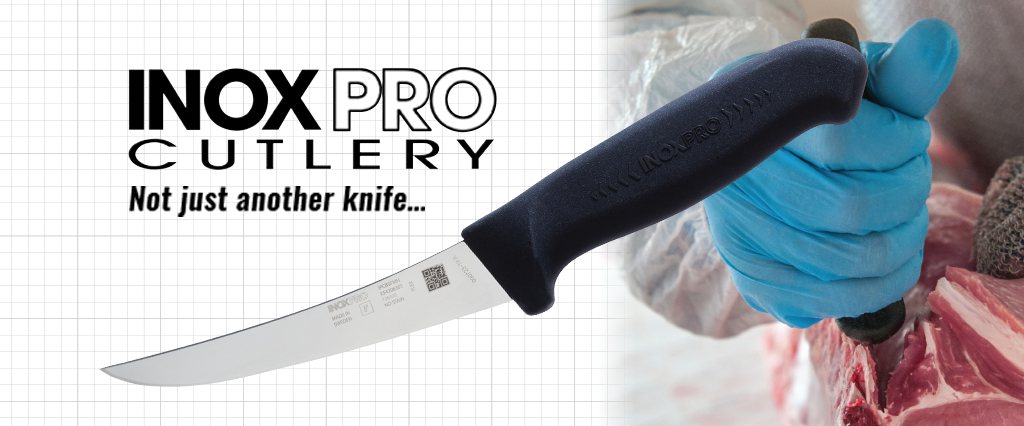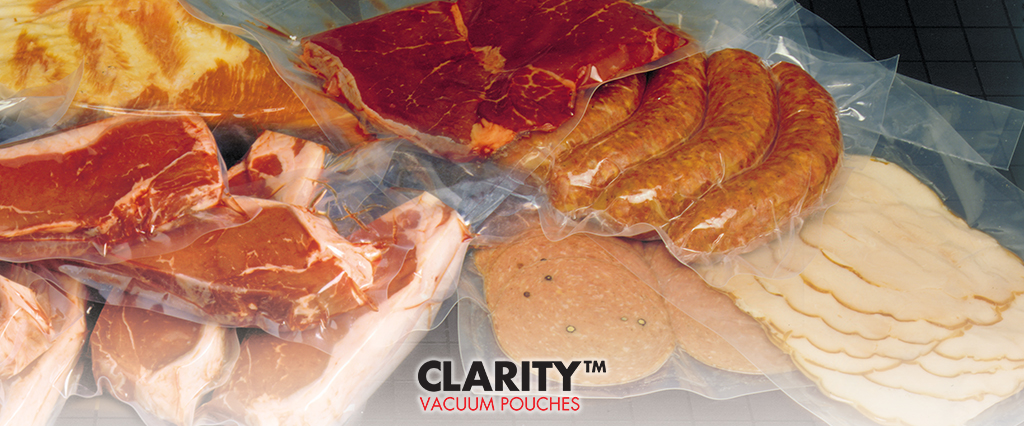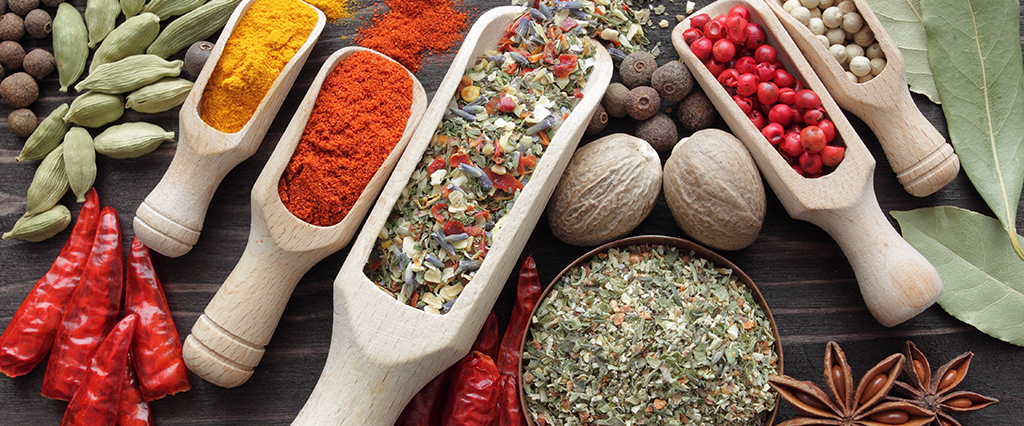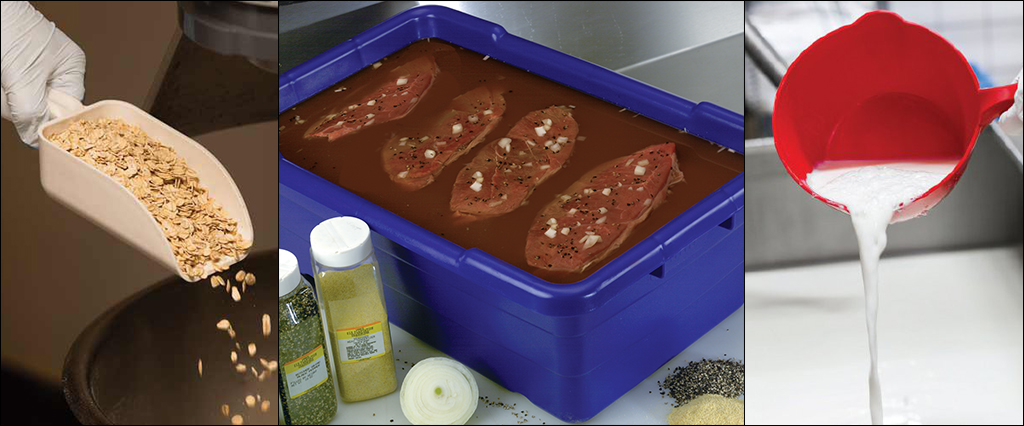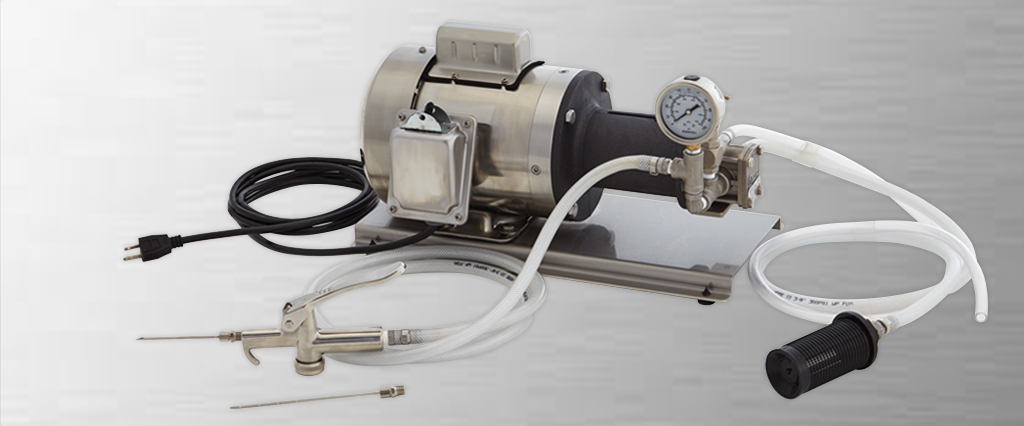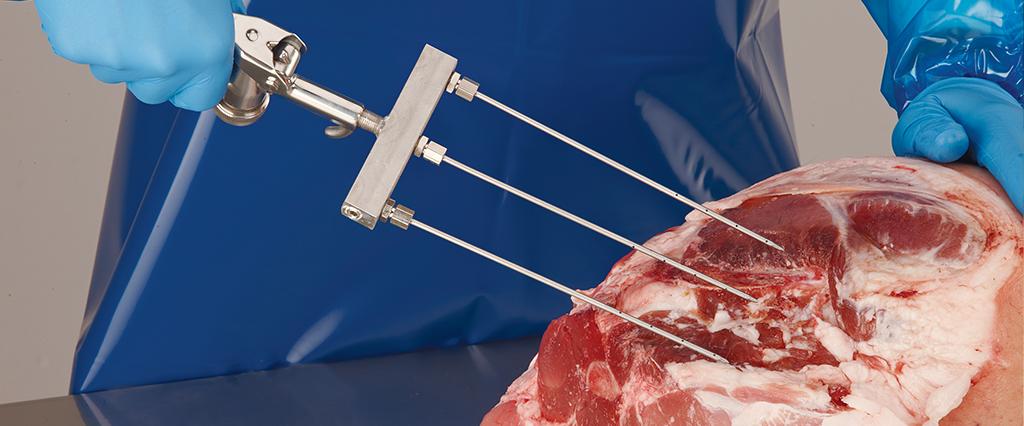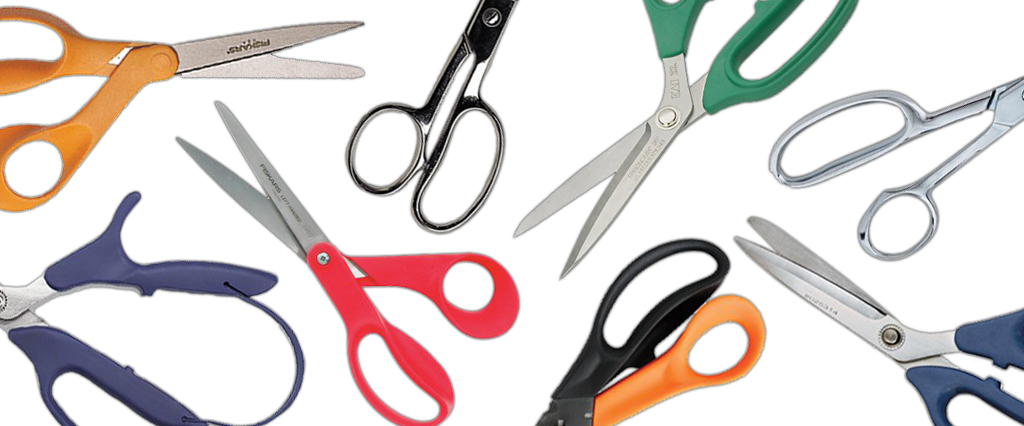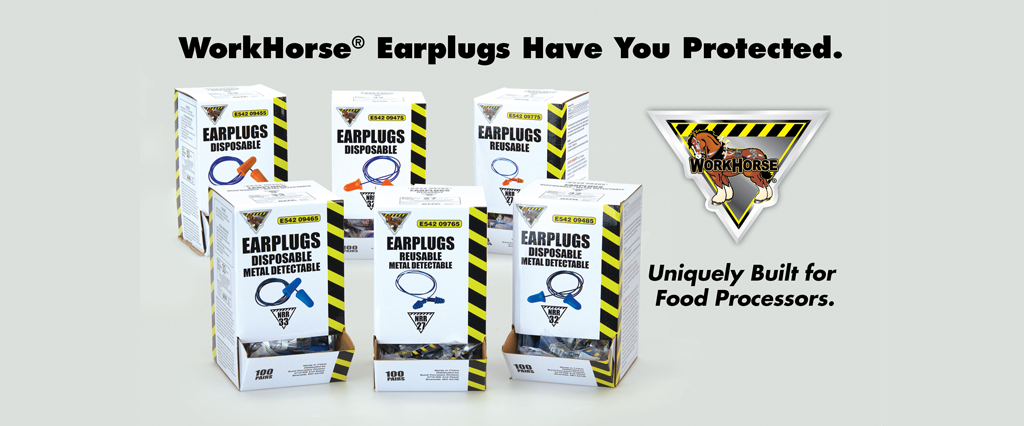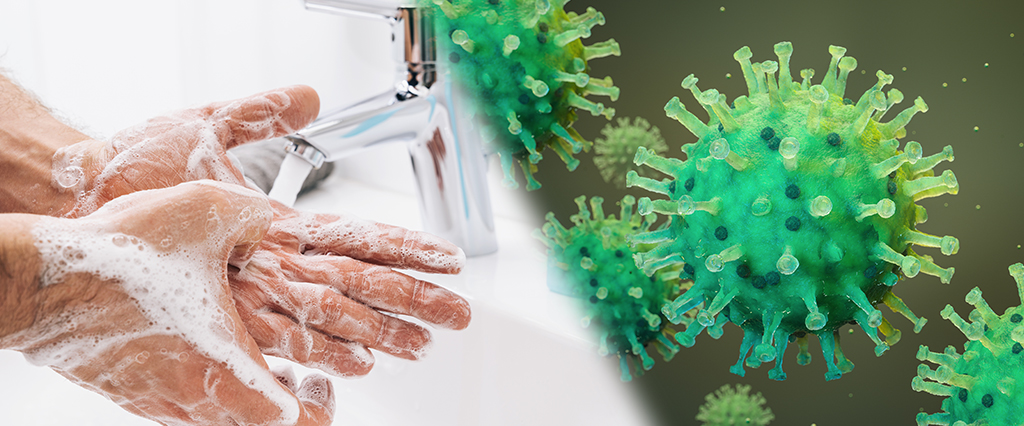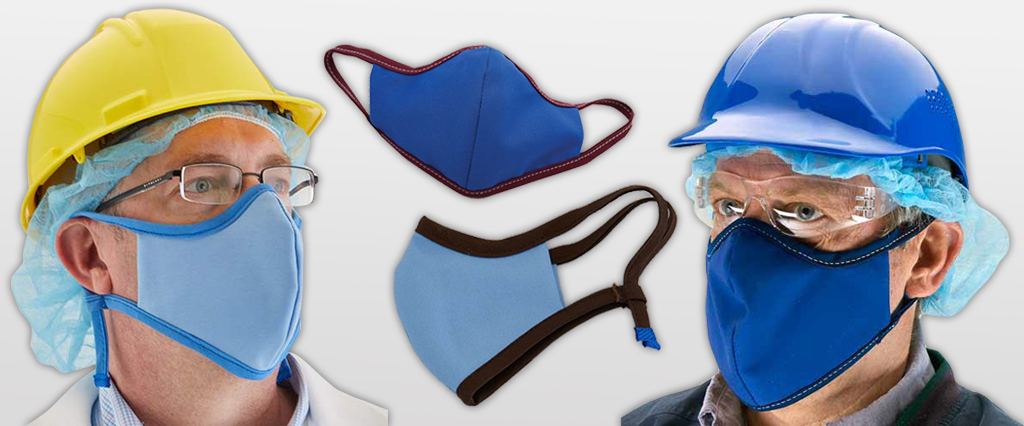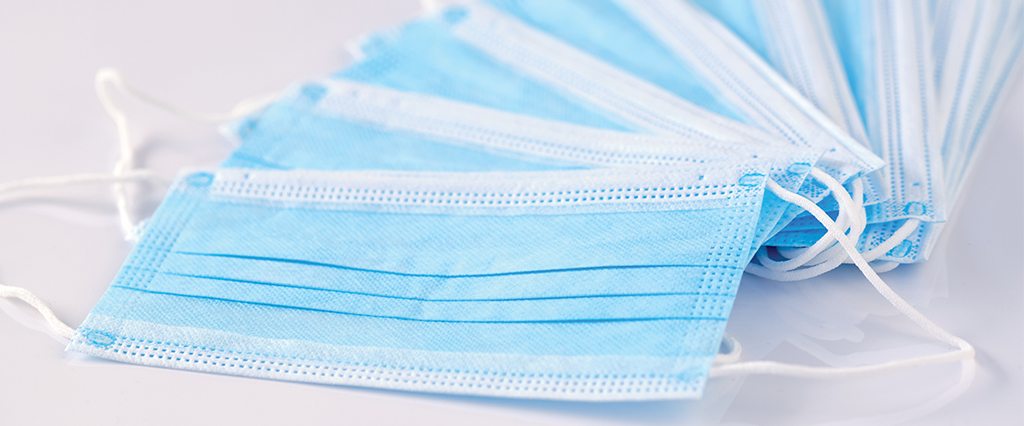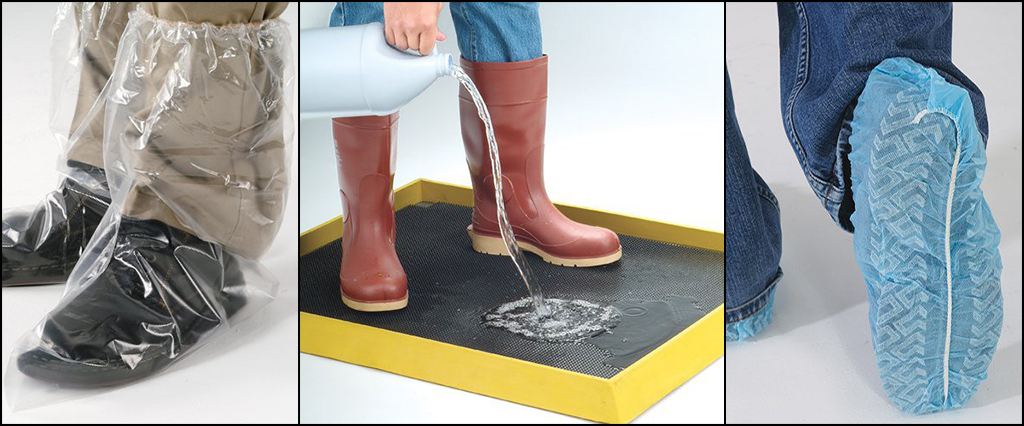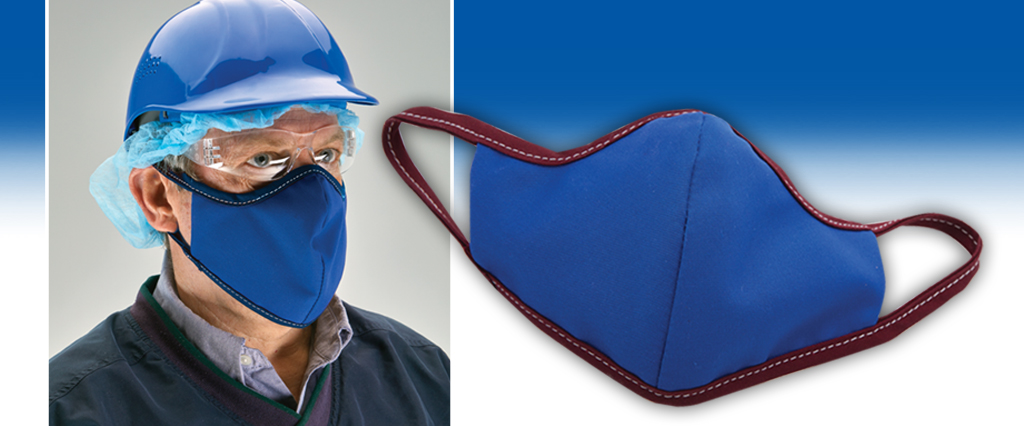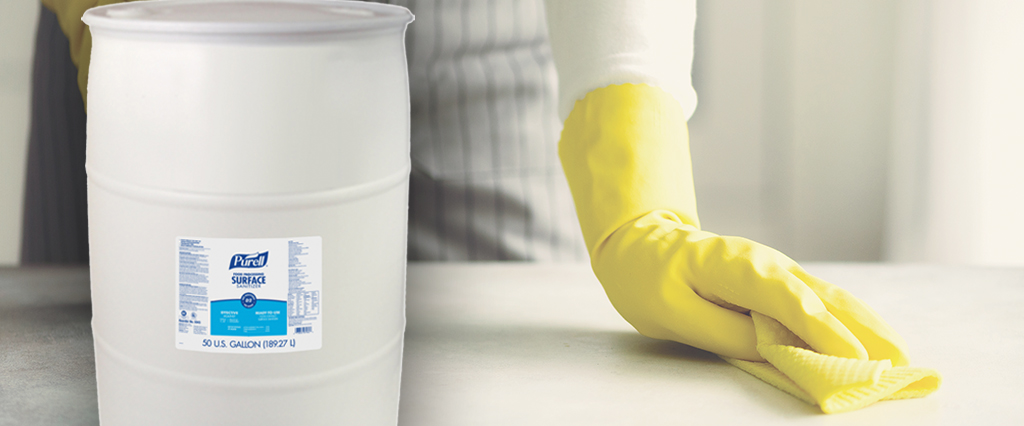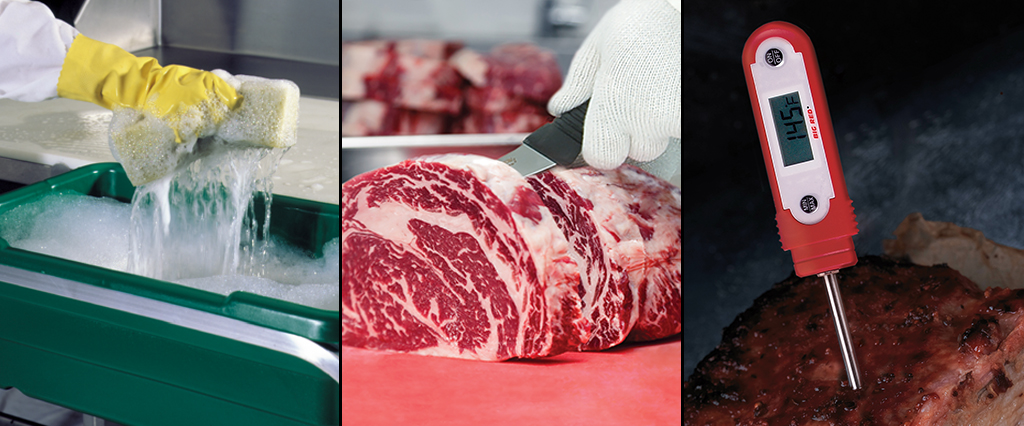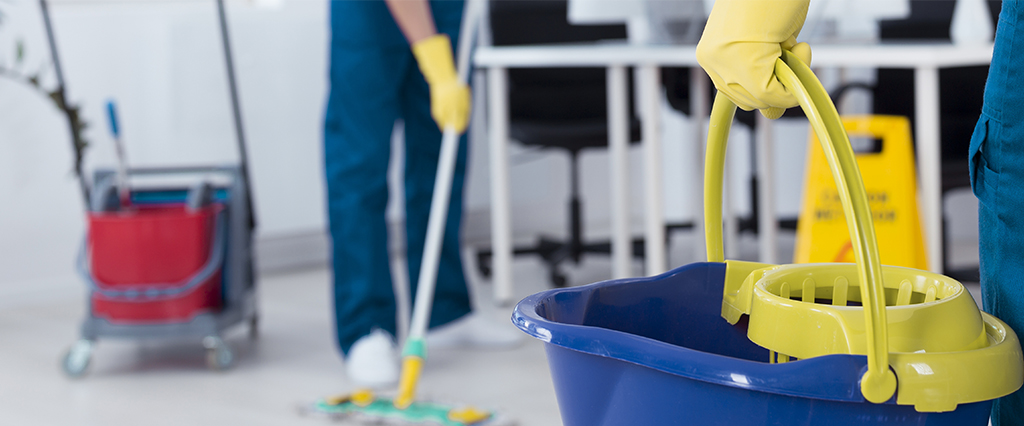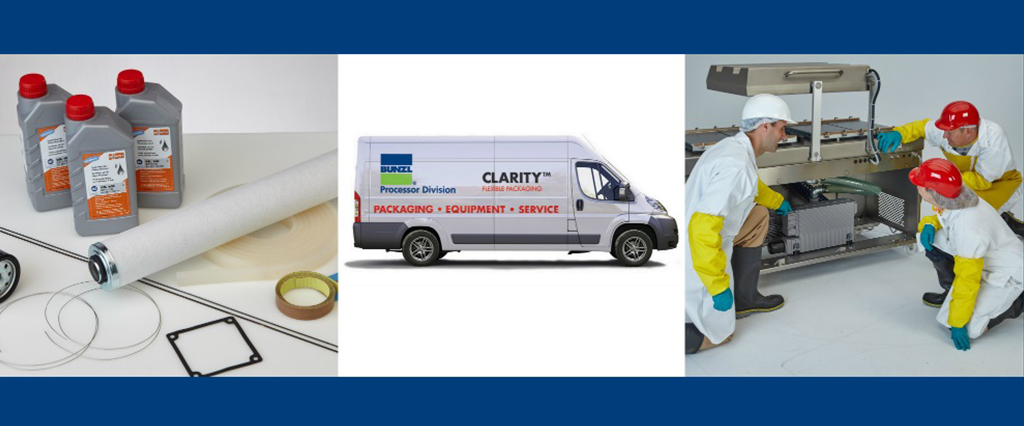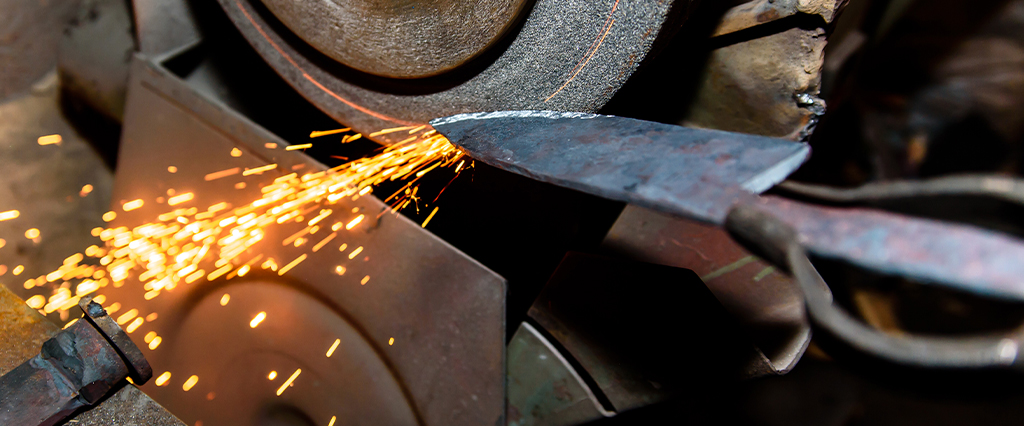
How Knives are Manufactured
We all encounter different types of knives throughout our day-to-day activities. From a butter knife at home to a food processing knife in our workplace, each is designed to perform a specific task. Let’s spend a little time to understand exactly how this is accomplished.
The first step in the knife-making process is selecting a steel from which the blade will be manufactured. A great deal of care and thought goes into this decision to ensure the finished blade exhibits very specific desired properties. No matter the steel selected, the first part of the process is to cut it into a workable shape and size. The steel’s original form is typically a sheet or coil, and is cut from steel that is close to the final blade thickness. Stamping or laser cutting is used to create the blanks that are to be transformed into a blade. Some knives may be forged, but since this is a less common process, we will solely address the stamped or cut process in this article.
At this stage, the steel can hardly be used to create a knife. It is very soft, can be bent by hand, has no ability to spring back into shape and if it were to be sharpened, the edge would be essentially unusable. To turn the blank into a usable blade, the steel needs to be heat treated. Each manufacturer has a secret recipe that consists of times and temperatures that they follow to ensure the blades perform as desired. The first step in this process is to bring the steel up to a very high temperature, which allows the molecules within the steel to be transformed. This transformation turns the austinite within the steel into martensite, which is the key to achieving hardness. Carbides are created in this process and the base raw material selected determines the size of these carbides. The next step in the process is quenching. This is a controlled reduction in temperature that halts the transformation and creates a very hard and brittle steel. This steel is then tempered at a lower temperature for a longer period of time. This tempering is where some of the carbides revert back to austinite, and the final hardness properties are attained. Some manufacturers use a cryogenic process to further alter the structure and enhance hardness, but the combination of raw material and heat-treating processes are what transforms a piece of soft and pliable steel into the metal that holds a sharpened edge that food processors rely on to perform their daily jobs.
Since each manufacturer has their own playbook, it is safe to say that every knife is not created equally. Some steel is softer than others, providing an edge that is very easy to restore and sharpen, but tends to require maintenance more often. Other steel is harder, which enables knives to have very sharp edges with incredible edge durability, but are a bit harder to maintain with steels on the production floor. At this point you may be wondering, why don’t all manufacturers make their knives harder and sharper? The answer is that the harder the steel is, the more brittle it is.In a traditional knife a harder steel is much more susceptible to heat or scorching – which weakens the steel and fosters easier breakage. At any time during the sharpening process, if the steel gets hotter than the tempering temperature, the steel properties will change, which is not desired. There is a give and take process that a knife maker uses to determine the best hardness for their products in typical use cases. Some knife makers add different elements to their steel to enhance certain attributes. These types of steel often improve edge retention, heat resistance and corrosion resistance to create a more robust blade.
The variety of knives is further divided up by the grinding and shaping parts of the manufacturing process. From stiff to super-flex, curved to straight – each blade is ground to provide a smooth surface, and variable thicknesses to create flex. By controlling the grinding processes tightly, a manufacturer can precisely place the amount of flexibility required at exactly the proper position on the blade, resulting in knives that are consistently identical.
The knives are all finished off with a handle. The size, shape, texture and material selected will further enhance the tool to provide comfort and durability for the end user. Thermoplastics are often used for their resistance to bacteria growth and performance to price ratio. Higher quality knives use polyamides which are members of the nylon family and offer more mass and a stronger structure. Dual injection knives surround a layer of thermoplastic with a softer outer material for a different type of grip. Finally, wood is a tried-and-true handle material that is better suited for home than industrial use due to its ability to absorb liquids and harbor bacterial growth. All these materials are formed into countless shapes designed for performance while appealing to specific end users.
Handles are either molded directly onto the finished blades or the blade is heated and pressed into a pre-manufactured handle. A molded-on handle provides optimal strength as the heated handle material is formed around the blade to essentially create a single solid unit. Pressed-on handles offer similar strength, but are slightly less durable under high stress uses (pushing, pulling, prying and twisting).
Finally, the larger knife manufacturers will submit their products for NSF approval. This certification comes from an independent 3rd party that ensures that the components and processes used to create the knife follow industry standards for products that encounter food for human consumption. This certification – while optional – is intended to offer peace of mind to the end user when selecting a product for use in their facility.
Whatever your needs are in a piece of cutlery, Bunzl Processor Division can help you choose a knife that performs exactly how you need. By understanding that not every knife is equal and prioritizing features that will provide the greatest benefit to your operations, our team is happy to help find the right blade for you.
Written by: Bernie Jeckell
BPD Cutlery Product Specialist
